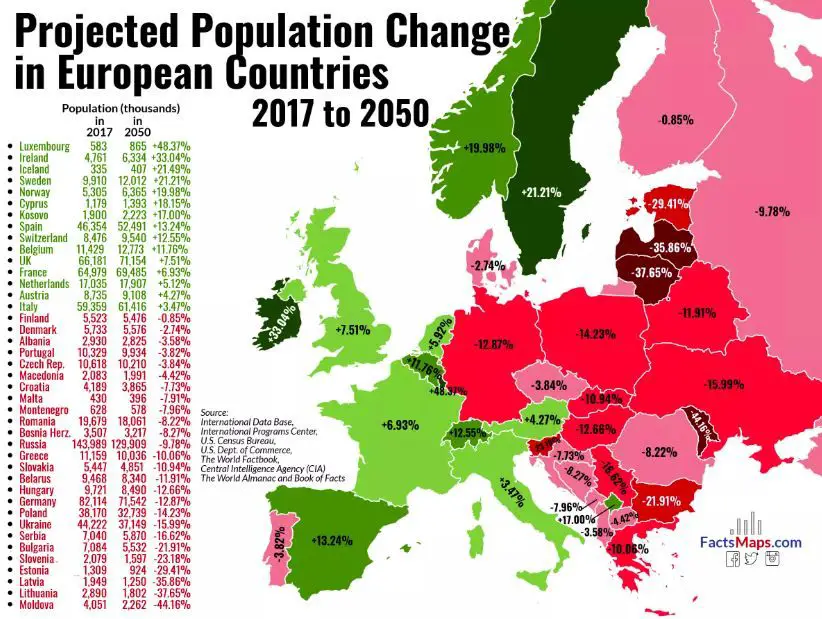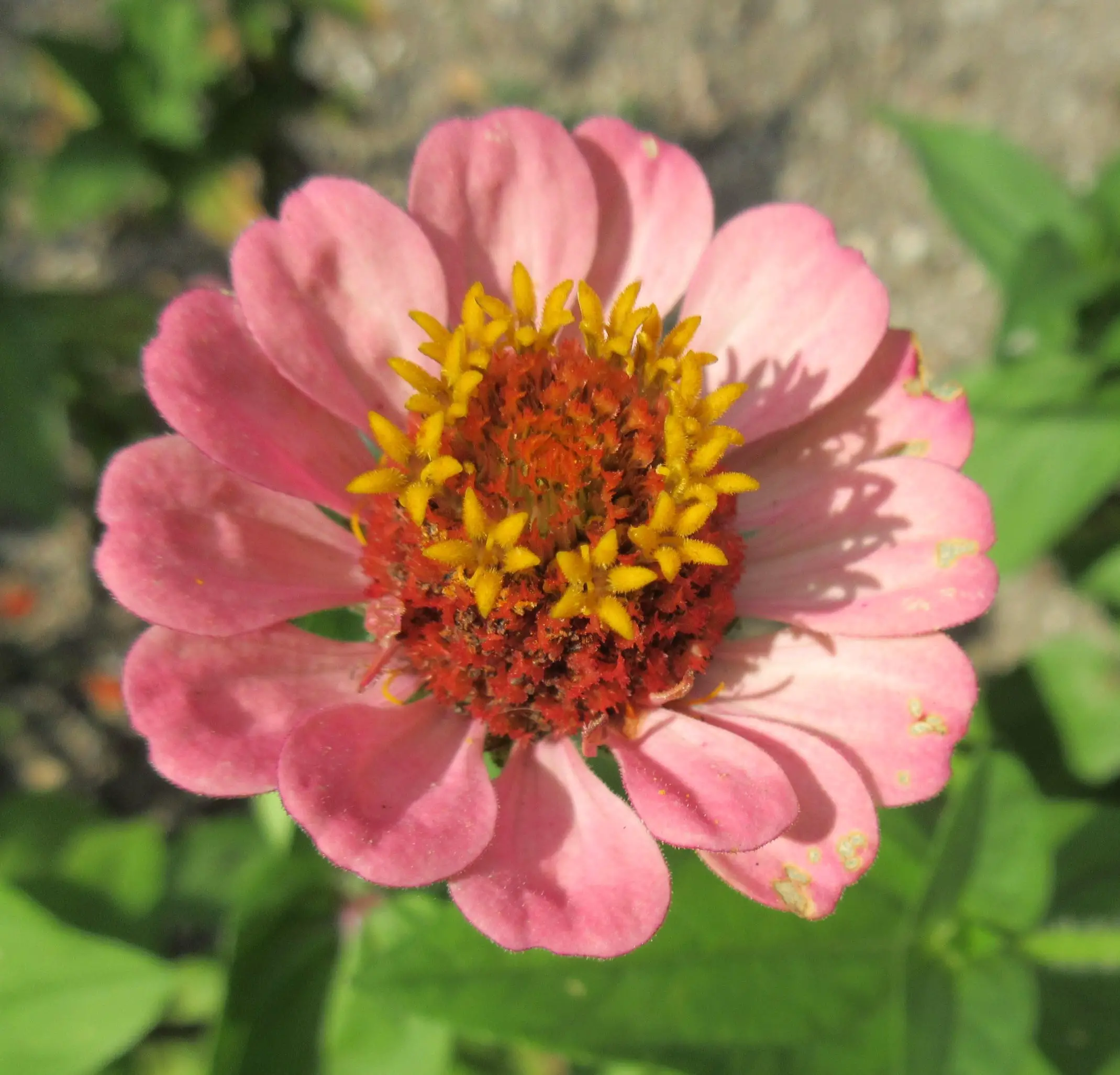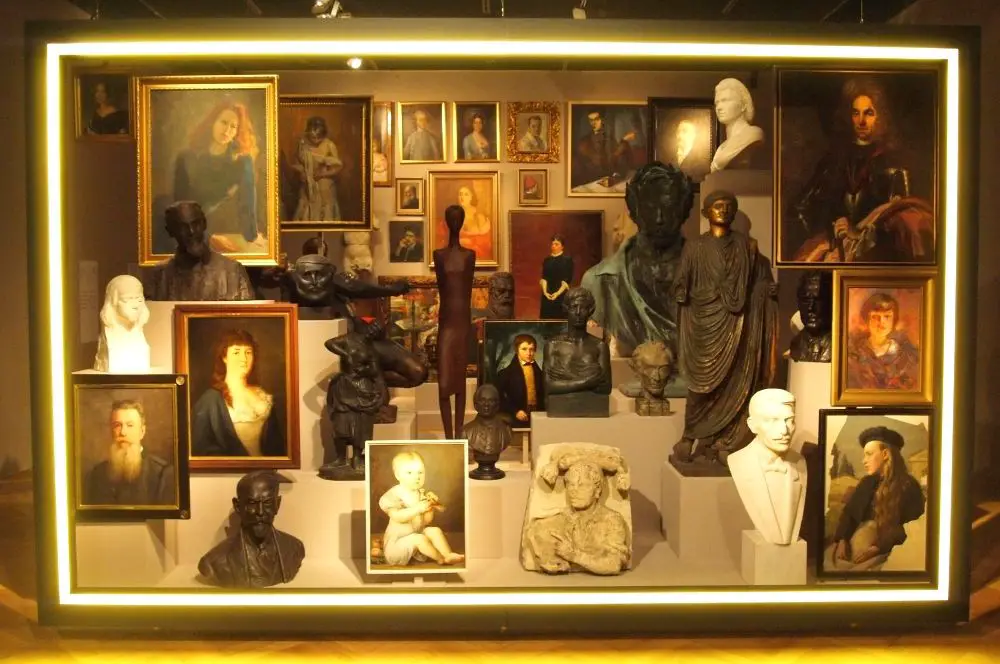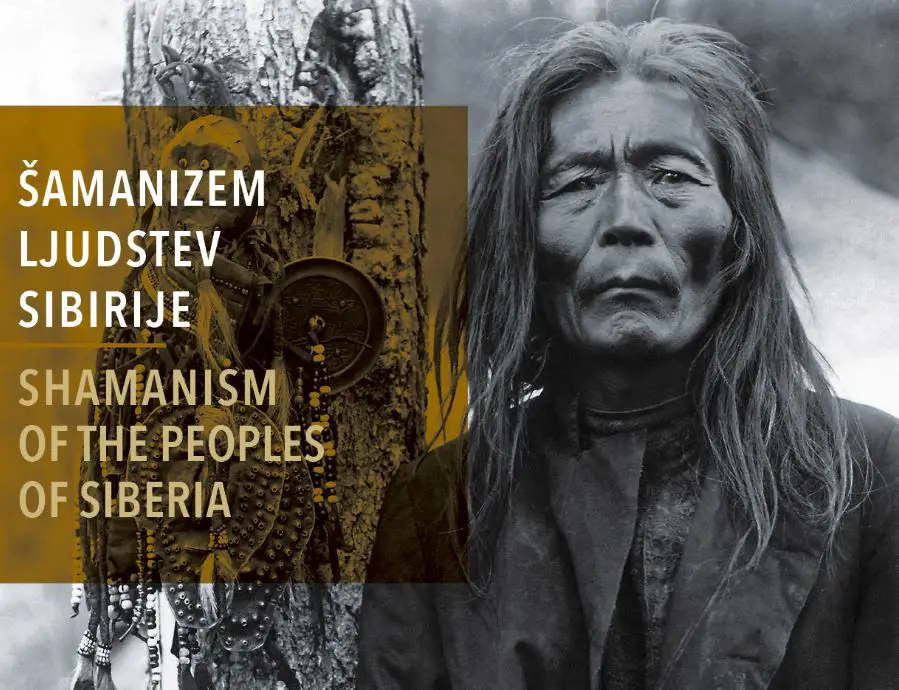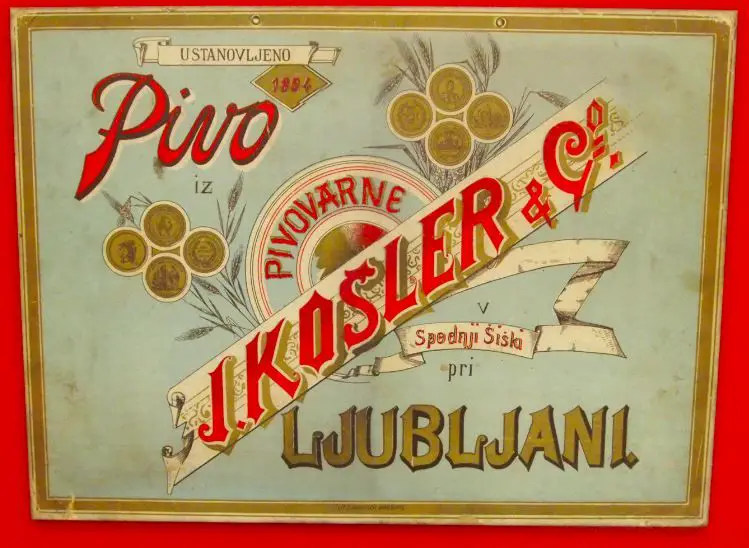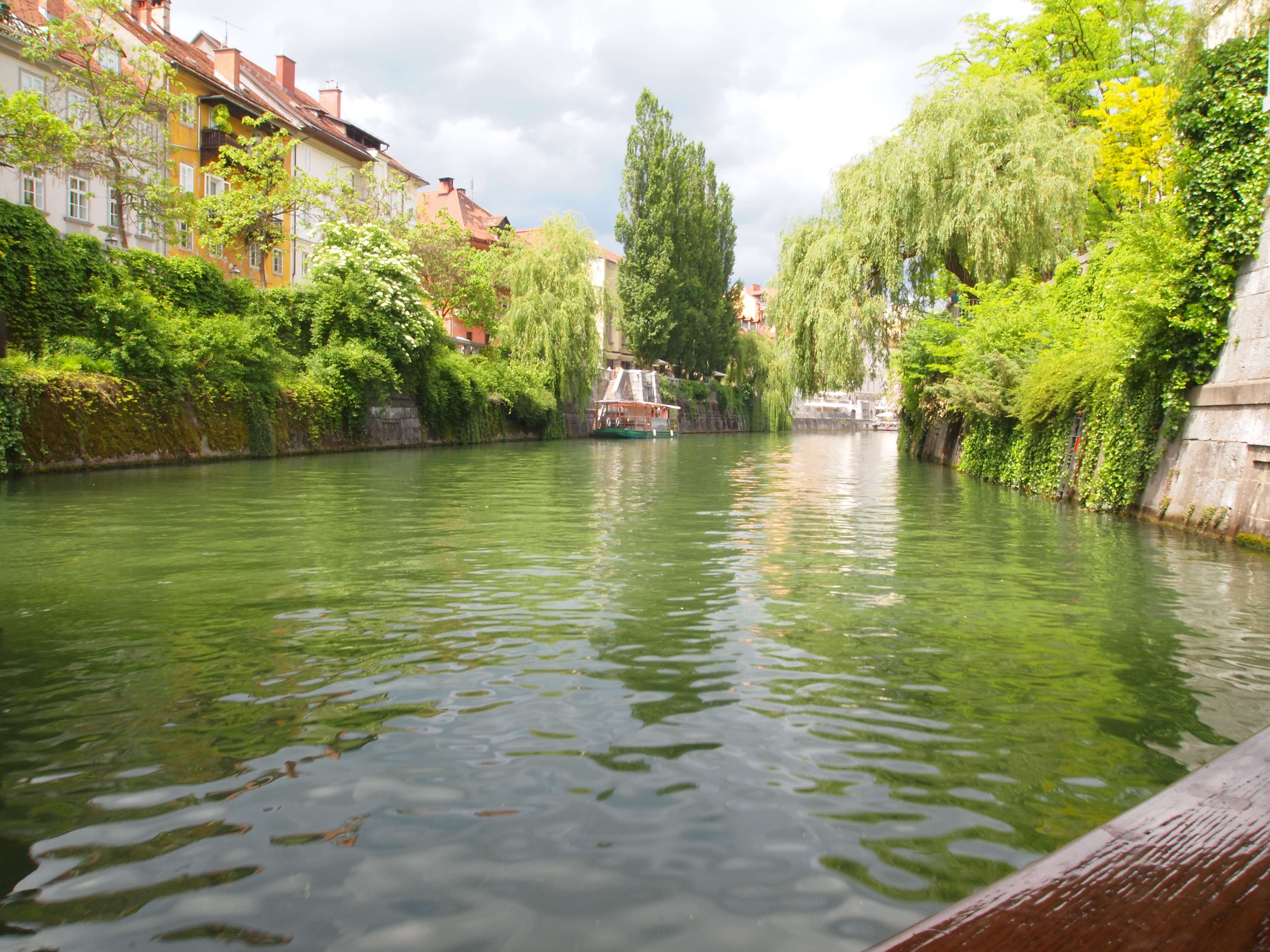Lifestyle
We often report on Slovenia’s demographics at TSN, with regard to an aging population, the growing proportion of immigrants, and so on, but how does the country compare with the rest of Europe when it comes to overall size and the next 30 years?
Using data from a variety of sources, Facts Maps has put together a clear map of the projected changes in population for 41 countries in Europe. For copyright reasons we’ll just embed a small version here, which you can then click on to see the full sized version.
This suggests that quite dramatic changes are set to take place in Slovenia over the next 30 years, with the country forecast to see a 23.18% fall in population, from 2.079 million in 2017 to just 1.597 million in 2050. These figures predict that Slovenia will see the 5th biggest fall in population, in percentage terms over the coming three decades, “beaten” only by Estonia (-29.41%), Latvia (-35.86%), Lithuania (-37.65%) and Moldova (-44.16%). Of the 41 countries listed, only 14 are projected to see a growth in population, headed by Luxembourg (+48.37%), Ireland (+33.04%) and Iceland (+21.49%). Interestingly, two of Slovenia’s neighbours are also expected to grow: Austria (+4.27%) and Italy (+3.47). Both Croatia and Hungary will see declines, of -7.73% and 12.66%, respectively.
What are the causes? Facts Maps doesn’t say, but one can image a falling birth rate (see Slovenia’s Population Falls for 2nd Year Running, with More Deaths than Births) and emigration, although with regard to the latter it should be noted that net migration remains positive in Slovenia (and non-Slovenes now represent 6.9% of the population).
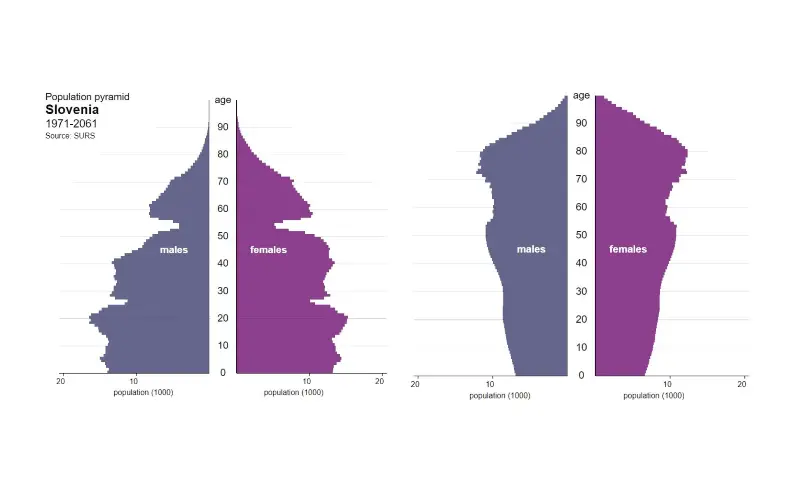
Slovenia’s aging population 1971 - 1961, in graphic form - see more here
And what about the implications? A smaller population, and a smaller one of working age, in particular, will put pressure on the tax base of the country while spending on pensions and healthcare will rise (see Population Ageing & Shrinking Present Serious Problems for Slovenia’s Future). One the positive side, at least for some, housing prices could fall along with demand.
You can see more details on this map at Fact Maps, which also has many other fascinating maps of Europe (and beyond) to explore.
STA, 9 August 2019 - Victims of sexual assault, sexual harassment or rape in Slovenia usually knew the perpetrator from before, and a majority of abuses happened while they were still minors, show more than 150 anonymous testimonies a local NGO has collected since March 2018 under the #JazTudi campaign.
When the victims spoke up about the abuse, they were usually met with silence, the 8 March Institute said as it presented the testimonies to the press on Friday.
The majority of the testimonies came from women, but also six men and a transsexual, with the youngest victim aged 17 when they told their story and the oldest one 63.
"Many of the victims told their story for the first time. They did not do so to spread anger but to spread the word so that such things do not happen again," Nika Kovač, who heads the 8 March, said.
Half of the participating victims said they had experienced a sexual assault before the age of 18, and some 25% were sexually abused before they turned 15.
While a quarter of the victims were raped, the abuse the majority experienced was inappropriate touching. There were also several cases of flashing in public.
Sexual harassment is also rather common, and is most often related to precarious forms of work. "The higher post the perpetrator has, the worse sexual harassment," said Kovač.
Since more than half of the victims knew the abuser from before the assault, the testimonies debunk the myth that sexual violence happens mostly in dark streets, according to Kovač.
It happens between the walls of their homes, and "it is worrying that when the victims tell about it to their family members, they get no support."
They are usually met with silence, receiving support from their relatives only in 15% of the cases.
At the beginning of 2019, the 8 March Institute launched an online petition demanding legal changes to how rape is defined, having collected more than 5,500 signatures.
Under the Penal Code, rape occurs when a perpetrator coerces the victim into sexual intercourse with force or with serious threats.
"But rape is everything that involves sexual intercourse without consent," said Mojca Lukan from the 8 March.
She said initiatives for sexual crimes not to get stature-barred are important, but the main issue is the legal definition of rape.
The Justice Ministry has already set up a task force to draft changes, but no NGO has been invited to take part, Lukan stressed.
While the most visible part of the work Ljubljana Pride (Društvo Parada Ponosa) does is the annual parade, which comes at the end of a few weeks of activities, the group works all year to make everyone feel at home in Slovenia. One of its current projects it the Culture of Humiliation, which I first came across on the related Facebook page. Curious to learn more, and to help spread word of the project, I sent some questions to Mateja Morić, who was kind enough to reply.
What problems does the Culture of Humiliation project want to address?
This project is aimed at a quite specific target group – young LGBTIQ+ individuals who experienced some form of (cyber)bullying. That group faces serious challenges but lacks institutional support in Slovenia. The reality of the Slovene context is that there is a big stigma around LGBTIQ+ identities, and LGBTIQ+ people are faced with institutional discrimination and oppression. Furthermore, discussion about (cyber)bullying is not recognised as important by the general public, and there are no systematic and strategic support or attempts to tackle it; it is not even recognised as a big problem.
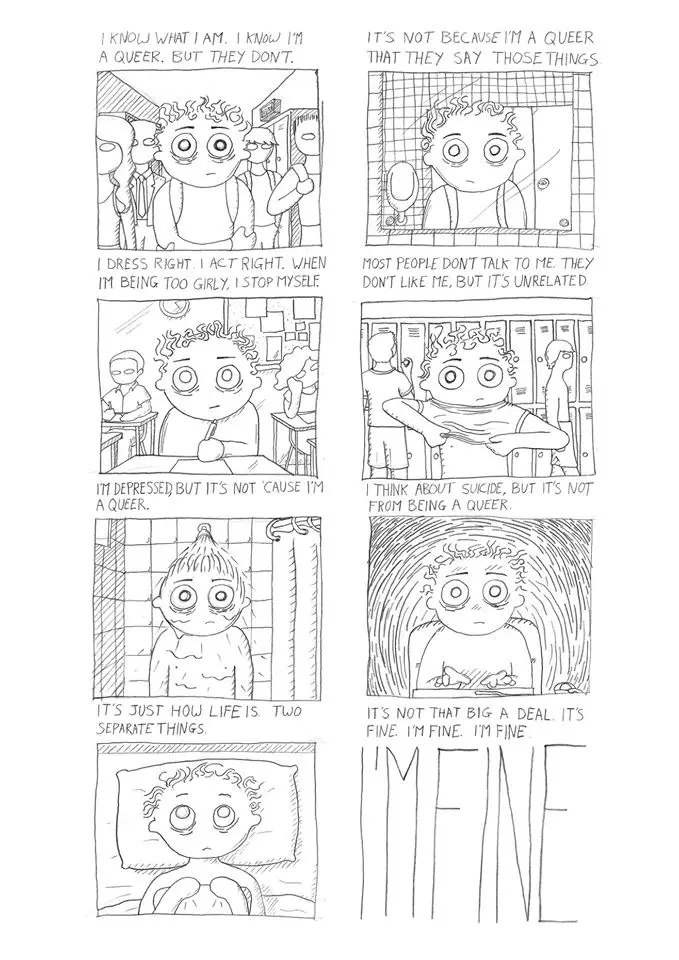
"Abuse is easily internalised when you're young and it's all you've ever known"
"I'm Fine" by Verity Ritchie

How common is such bullying is such bullying in Slovenia?
Research conducted in 2017 showed that its very widespread: most of the young LGBTIQ+ people questioned faced violence and/or discrimination based on their sexual orientation and/or gender identity from peers during their education, and in almost same percentage the institutional responses to such attacks failed. Such stories are also reflected when talking to other members of the LGBTIQ+ community.
Usually it starts in the form of so-called micro aggressions. Using hateful language, comments rooted in misogyny and sexism, racism… Most of the time this behaviour is normalised and not looked at as anything special, and then it slowly progresses. The thing is, if you don’t react at this first level then you’re silently giving the attackers permission to proceed. Which they usually do.
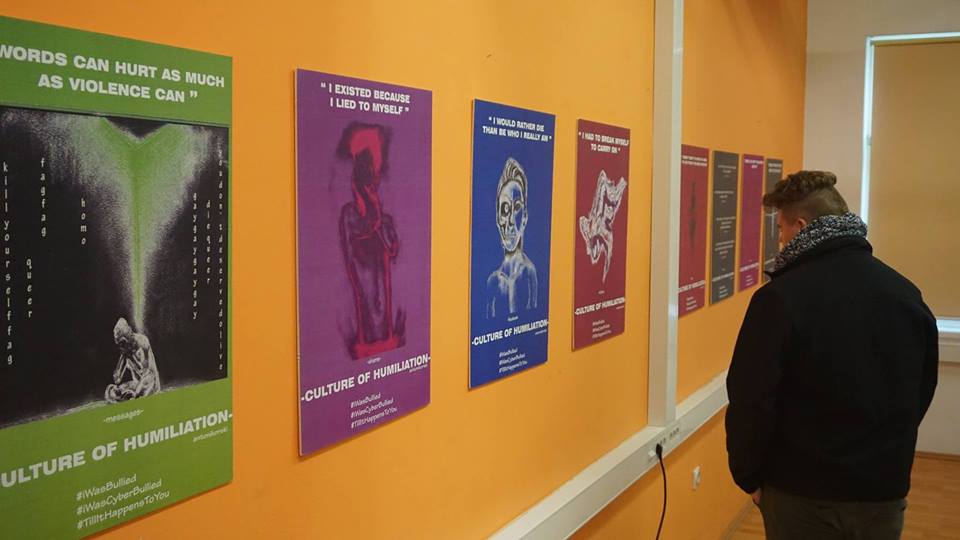
How are schools dealing with the problem?
Schools are not ready to tackle it, especially if we’re talking about any kind of violence based on someone’s (perceived) sexual orientation, gender identity and/or expression. LGBTIQ+ identities are still mostly taboo in schools, and the support young people get there depends on the support they get from their friends, and sometimes a teacher who will try to help.
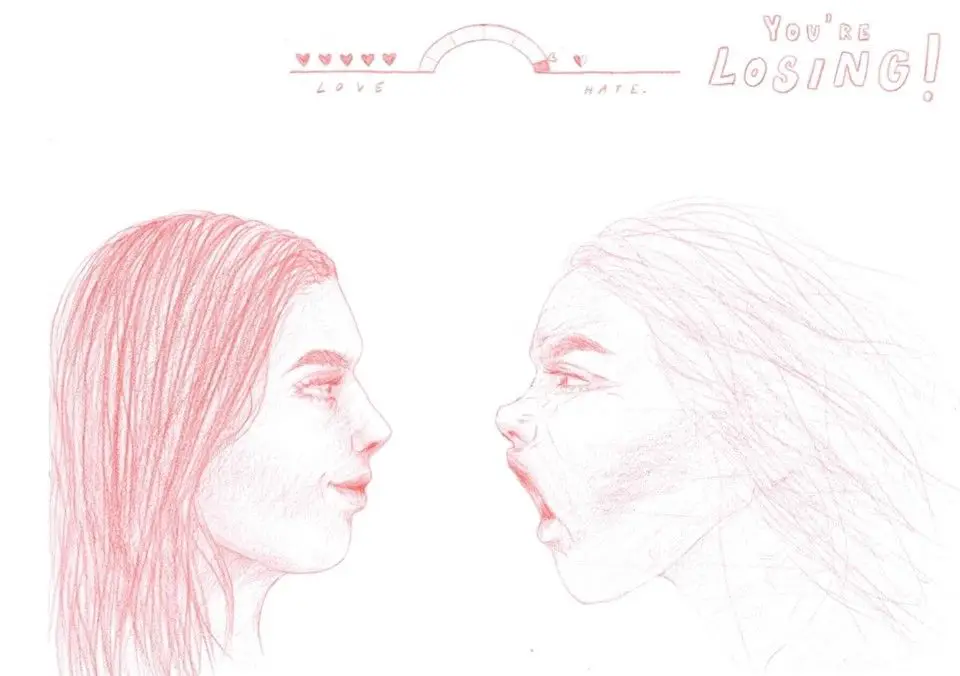
"I suppose what gave me the inspiration to draw this picture is the idea that love should always prevail in the end. It’s hard to stay positive when you’ve got so much negativity surrounding you all the time, whether it’s at school, at work, or at home and it’s definitely hard to not give back the same hate that you receive. But there is bravery in staying soft in a world full of hate. Being bullied may have given me thicker skin but it did not make me hard. It did, however, make me well aware of how words can hurt a person but also of how they can raise a person up. And I’d pick making someone smile over making them insecure any day. Because at the end of the day, it feels so good to be good". Anna Marie Strmecki
How does the Culture of Humiliation try to help?
This project empowers young people to express themselves through art, opening the possibility to not only offer them art as a method which might help them to deal with their own experience of violence, but also opportunities to influence and help others by promoting the strong anti-violence messages. Art is the most powerful media, because anyone can use it to express themselves; it is a language everyone understands. Also, art shows the emotions, the state of the person who created it. It is personal and intimate – making it easier for others to empathize with the cause presented. It builds understanding on a completely different level.
Another very important step in that process is inclusion of LGBTIQ+ youth – supporting them, giving them the independence they so often lack and offering them a powerful tool. By including LGBTIQ+ youth to tackle the challenges that are happening to young people in general, we are giving them space in society where their values, skills and needs are recognized and appreciated. Also, by aiming at such a specific and challenged group, we put focus on their inclusiveness and diversity – by giving them a voice.
After working on this project for a few years now, we have realized that nothing makes people more interested in a new topic than hearing about it from a personal experience. A personal story allows them to connect with someone and put themselves in their shoes. Storytelling allows us to do just that, and to open diverse new topics in a way that is accessible to our audience and allows them to be touched by our stories. So this year, based on the idea of our volunteers and people active on the original project, we decided to expand our project in one more direction: empower young LGBTIQ+ people to tell their own stories through the use of storytelling techniques.
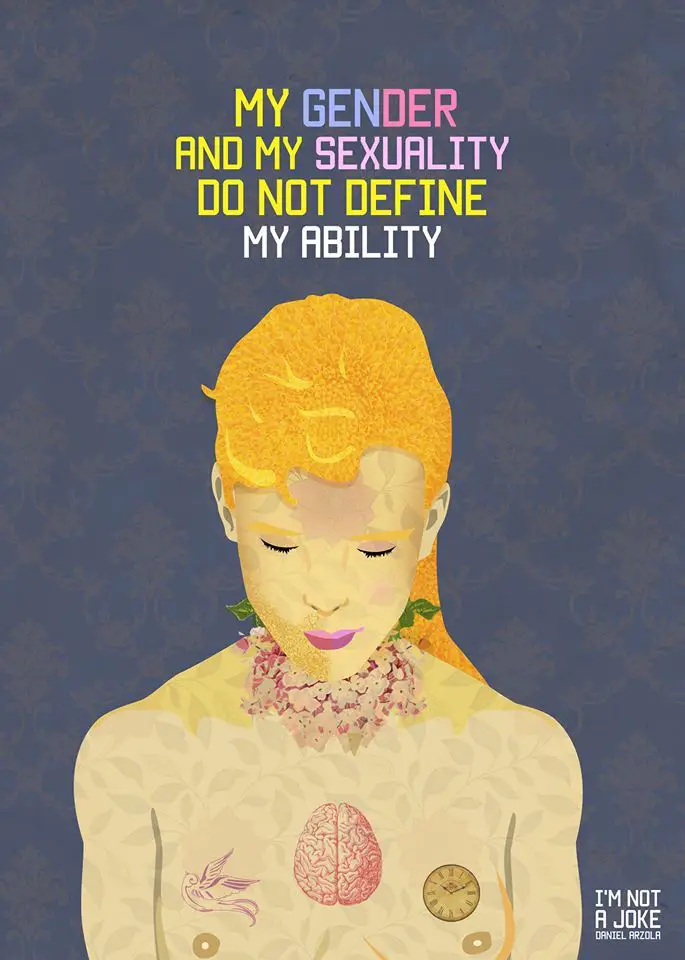
Daniel Arzola
Where can people see the exhibitions?
Over the last two years, an exhibition featuring the art of Daniel Arzola and Anthony Karadzoski, two amazing artivists we collaborated with (the latter being an initiator of the Culture of Humiliation project) has been set up in numerous places: youth centres, schools and gallery spaces around Slovenia.
The second exhibition, that came as an upgrade of the original idea, featured exhibits made by local LGBTIQ+ young people, and had its official opening during the Ljubljana Pride Festival 2019, in the Glass Atrium at the City Hall. From September onwards, this exhibition will also be available for travelling, with the preference to exhibit it in spaces where young people meet, as they are the one who it is at for.
Can you say something about the online part of the project?
The online part we use for showcasing the art of the LGBTIQ+ youth and raising awareness of the general public. We are currently introducing the young LGBTIQ+ artists whose art was featured on the last exhibition in our Culture of Humiliation fb page. There is also a project website, www.cultureofhumiliation.org, where you can read more about the background of the project and its beginnings, get to know more about bullying and get support if you need it.
How can people get involved?
If you are an LGBTIQ+ person, you can still apply to join the storytelling training we are organising in August, between 22nd and 25th in beautiful Rakov Škocjan (the application deadline is 15th Auustg). We will explore into different topics that concern us, such as bullying, family rejection, and discrimination based on gender/sexuality, but also exploring our identities, coming out, community, working and volunteering for LGBTIQ+ organizations, or anything else people want to share. The training will be in English and Slovene. More information and an application can be found here.
On the project website there is also a possibility to share your art based on your personal experience with discrimination, (cyber)bullying, hate speech… And if you feel inspired after hearing about all this then please get in touch, or contact us if you would like to host the exhibition at This email address is being protected from spambots. You need JavaScript enabled to view it.
All our stories about LGBTIQ+ issues are here, and if you'd like to add to them, please get in touch at This email address is being protected from spambots. You need JavaScript enabled to view it.
STA, 6 August 2019 - The latest Eurobarometer survey has shown Slovenians are the strongest supporters of the euro in the entire EU, with as many as 88% of those polled favouring it.
Slovenia is followed by Estonia and Portugal (both 85%) and by Finland and Ireland (both 84%), while support by 81% of respondents was recorded in Germany.
The single currency enjoys the support of 62% of all EU citizens, the same as last autumn and the highest level since spring 2007.
The share of those who are not in favour of the euro in the EU-28 has dropped by two points to 30%, the lowest since spring 2004.
The average support for the euro in the 19-member eurozone, meanwhile, stands at 76%, up one percentage point from last autumn and eight points from spring 2016.
The figure makes for the strongest support since spring 2004 in the euro area, shows the survey, which was carried out among almost 27,500 respondents in June.
But the share of those who are still not in favour of the single currency has dropped by two points to 18%.
The euro was introduced in 1999, with Slovenia adopting it as of 2007, only two and a half years after it joined the EU.
Despite a number of price rises that the switch-over entailed, the euro has enjoyed strong support in the country ever since.
STA, 5 August 2019 - The Jurišče village near Pivka in south-western Slovenia saw a mass wolf attack on sheep on Sunday. The Slovenian Farmers' Trade Union has announced a protest to draw attention to the issue of such attacks becoming more frequent, saying Slovenia could not cope with the current number of wild animals.
Between 15 and 20 wolves slaughtered 12 sheep during the night and injured another 10 despite protective measures, including fencing and shepherd dogs.
A number of injured sheep will have to be put down, and one of shepherd dogs was also hurt during the attack.
Without the dogs, the attack could have been even more deadly, Florjan Peternelj of the Farmers' Trade Union told the STA on Monday.
He pointed out that Slovenia could not handle so many wild animals as there are currently in the country, highlighting the recent spike in wolf and bear attacks.
According to studies, Slovenia can cope with some 100 bears and two wolf packs at most, he said, adding that any extra animals could not survive because of a lack of food.
There are some 100 wolves in Slovenia, and the attacks have been on the rise because Administrative Court orders on culling had not been carried out due to appeals by NGOs.
An emergency bill authorising hunters to shoot 175 bears and 11 wolves was passed in parliament in June. Some bears have already been culled, but no wolves.
In the wake of these attacks becoming increasingly frequent, the trade union will organise a protest in Velike Lašče, south of Ljubljana, on Saturday.
It invites, according to Peternelj, all affected farmers and people who would like to fight for a safer countryside.
SURS reports that 73% of Slovenian households could afford a one-week vacation away form home for all family members in 2018, the highest since such data started being collected (in 2005), and up one percentage point on 2017. More households in the Osrednjeslovenska statistical region (81%) were able to take a trip, while the lowest proportion was found for the Pomurska statistical region (61%).
The most common time for taking such a trip was the summer, July and August accounting for 18% of the total. The most common destination was Croatia (61% of all private trips made abroad), followed by Italy (7%), Austria (6%), and Bosnia and Herzegovina (5%).
Eurostat has also released data on the size of the EU population aged 16 or over could afford a one-week annual holiday away from home in 2018. Overall, the figure is 71.7%, an improvement on 2013, when just 60.5% of the population could afford a summer vacation. In contrast, Eurostat data finds that 78.2% of Slovenians were able to pay for a 7-day vacation
The countries with the most citizens able to travel were Sweden (90.3%), Luxembourg (89.1%) and Denmark (87.8%). At the other end of the scale, with the fewest individuals going on vacation away from home in 2018, were Romania (41.1%), Croatia (48.7%,), Greece and Cyprus (both 49%). The complete Eurostat dataset can be found here.
If you're not in town for the week of this guide (5 - 11 August, 2019) then you can see all the editions here, and if there's event or activity you want to promote in a future edition of What's on in Ljubljana please get in touch with me at flanner(at)total-slovenia-news.com or try and find me on Facebook.
In town and want to follow the news? Check out our regular morning headlines for Slovenia here.
As ever, links to the basic listings are after the following selection, while a comprehensive PDF of events for the next seven days, as prepared by Ljubljana Tourism, is here.
TrNOVfest is back for the whole month of August, with theatre and dance workshops, art exhibitions, Indian dances, literary and film evenings, stand-up comedy, graffiti workshops, DJ sessions and more, with food and craft beer to go along with music that ranges from jazz and acoustic to rock, metal, and trap. Tickets at €5, things happen at the Centre of Slavic Cultures France Prešeren, and details are here.
The Ljubljana Festival, which continues until 5 September and has a packed programme of world-class concert, opera, and ballet events – see more here. This Thursday you can hear Schubert, Schumann and Strauss being played by Alena Baeva on the violin and Vadim Kolodenko at the piano at the National Gallery; while on Friday Križanke will host Il Terzo Suono, a baroque ensemble playing Vivaldi, Tartini and Telemann on period instruments.
Other festivals of note include the start of Gala Hala Summer Stage at Metelkova Mesto, running until 31 July and offering bands and DJ sets, with all evenings free. Details here (Slovene only). On until August 3rd is Film Under the Stars, giving the chance to watch some of the leading art films of the past year outside at Ljubljana Castle, each night at 21:30. The full schedule and trailers are here.
Thursday, at Kavarna Plato, Ajdovščina 1 (on end of Slovenska cesta, not far from Nebotičnik) there’s also free open-air salsa, starting 20:00. Same same, but different, every Friday, 20:30, there’ll be free live jazz in Stari trg (Old Town Square).
The Summer in Ljubljana Old Town goes on until 28 August. This presents classical concerts, many of which are free, in the churches, inner courtyards and squares in the old city centre. The programme is here. Running until 1 September is the Mini Theatre’s season for children and young people, with details here.
Volčji Potok Arboretum (Volčji Potok 3) has a rose garden in bloom until 31 August, nature permitting.
I took a trip to the Botanical Garden two week's ago, a short or cycle upriver from the centre. I know nothing about plants but I like them, took a camera and had a good time. All the outside part is free to enter, and there’s a small café with ice cream, coffee and beer.
JL Flanner
If you're learning Slovenian then you can find all our dual texts here
While the Old Town is quaint, and full of music, where does Ljubljana really shop? One popular answer is BTC City, a vast complex of malls, entertainment facilities and more, including more than 70 different food vendors, offering everything from Slovenian to Thai, Indian to Italian, Mexican to Chinese. Check out my recent visit here.
Looking for something different to eat? Trubajeva cesta, running right by Dragon Bridge, has the greatest concentration of "ethnic food" places in Ljubljana, and thus perhaps the country. Check out our walk through guide as of June 2019.
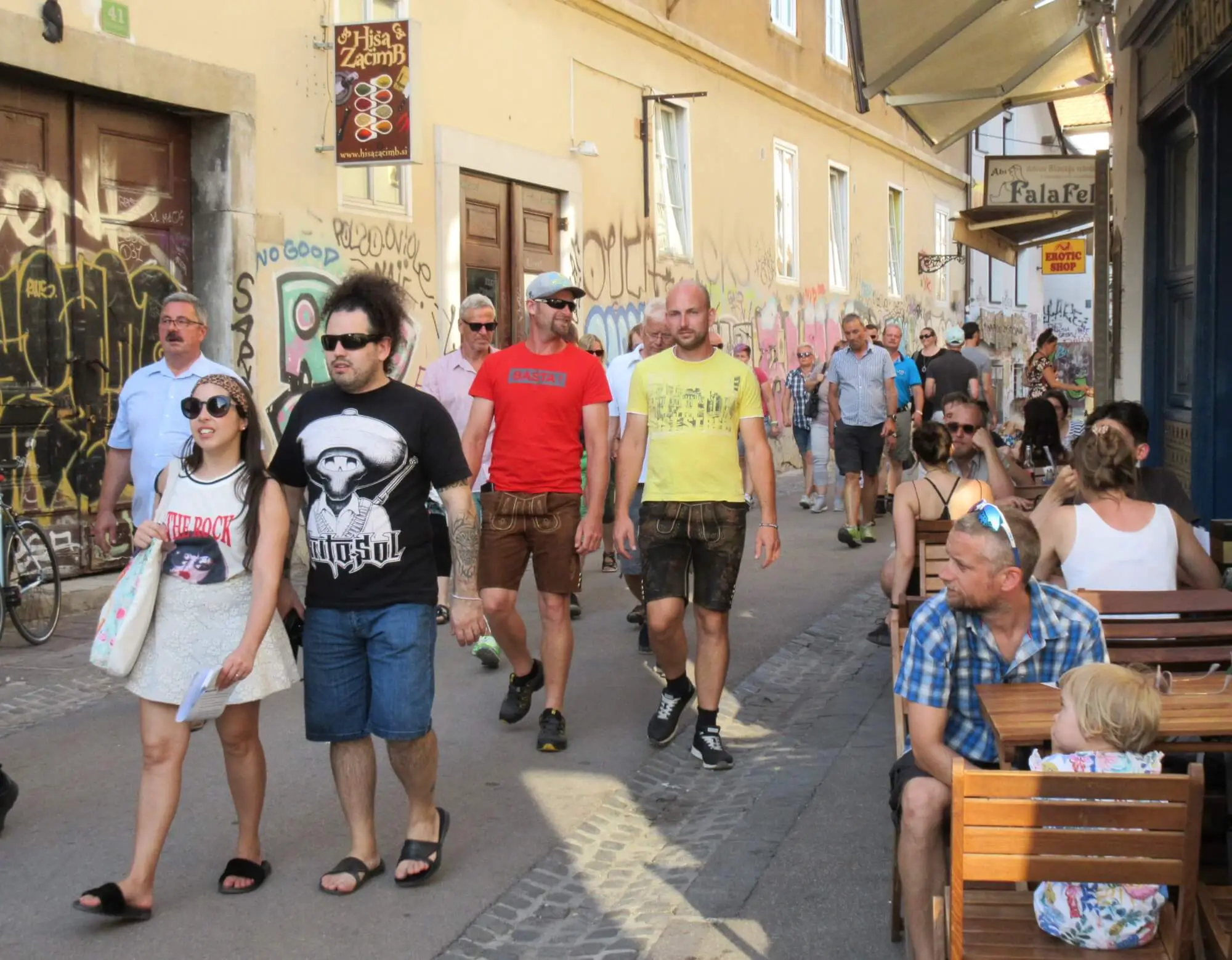
Photo: JL Flanner
Ljubljana is forecast to be the fastest-warming city in the world over the next few decades.
- Cinemas and films
- Clubbing
- Live music
- Theatre and dance
- Harm reduction and drug testing
- Things to do with children
- LGBT+ Ljubljana
- Ljubljana Castle
- Museums and galleries
- Other things to do in Ljubljana
- Daytrips
- Getting around
- Emergencies
Cinemas and films
You can read about all the cinemas in town here, while a selection of what’s playing this week is below, and note that kids' movies tend to be shown in dubbed versions, while non-English language movies for older viewers will have Slovenian subtitles.Parents should also pay attention to Kinobalon, which is Kinodvor's regular weekend series of film screenings and events for children, from babies on up, with special parent/child events, "first time in a cinema" screenings, and babysitting. Learn more about it here, and see the current schedule here.
Note - most children's films will be dubbed (sinhronizirano) - for subtitles look for 'podnapisi'
Film Under the Stars gives you the chance to watch some of the leading art films of the past year outside at Ljubljana Castle, each night at 21:30. The full schedule and trailers are here.
Kinodvor –This is an arts cinema, not far from the train station, that shows new features as well as hosting the occassional festival.
Kinoteka – And not far from Kinodvor you can find this revival cinema, which shows art house classics along with some deep dives in the archives.
Kino Bežigrad - A relatively small theatre, but one which usually has the biggest of the new releases.
Kolosej -The multiplex out at BTC City Mall shows all the big movies, with well over a dozen titles on the schedule, although note that there are far more movies than screens, so some of the older ones mayonly be playing once or twice a week.
Komuna – The cinema in a basement behind Nama department store shows two or three different features a week, usually including the biggest titles.
Looking for a souvenir you'll really enjoy? Take a look at Broken Bones Gin, the first gin made in Ljubljana (learn more here, and try it at the Central Market or selected downtown bars).
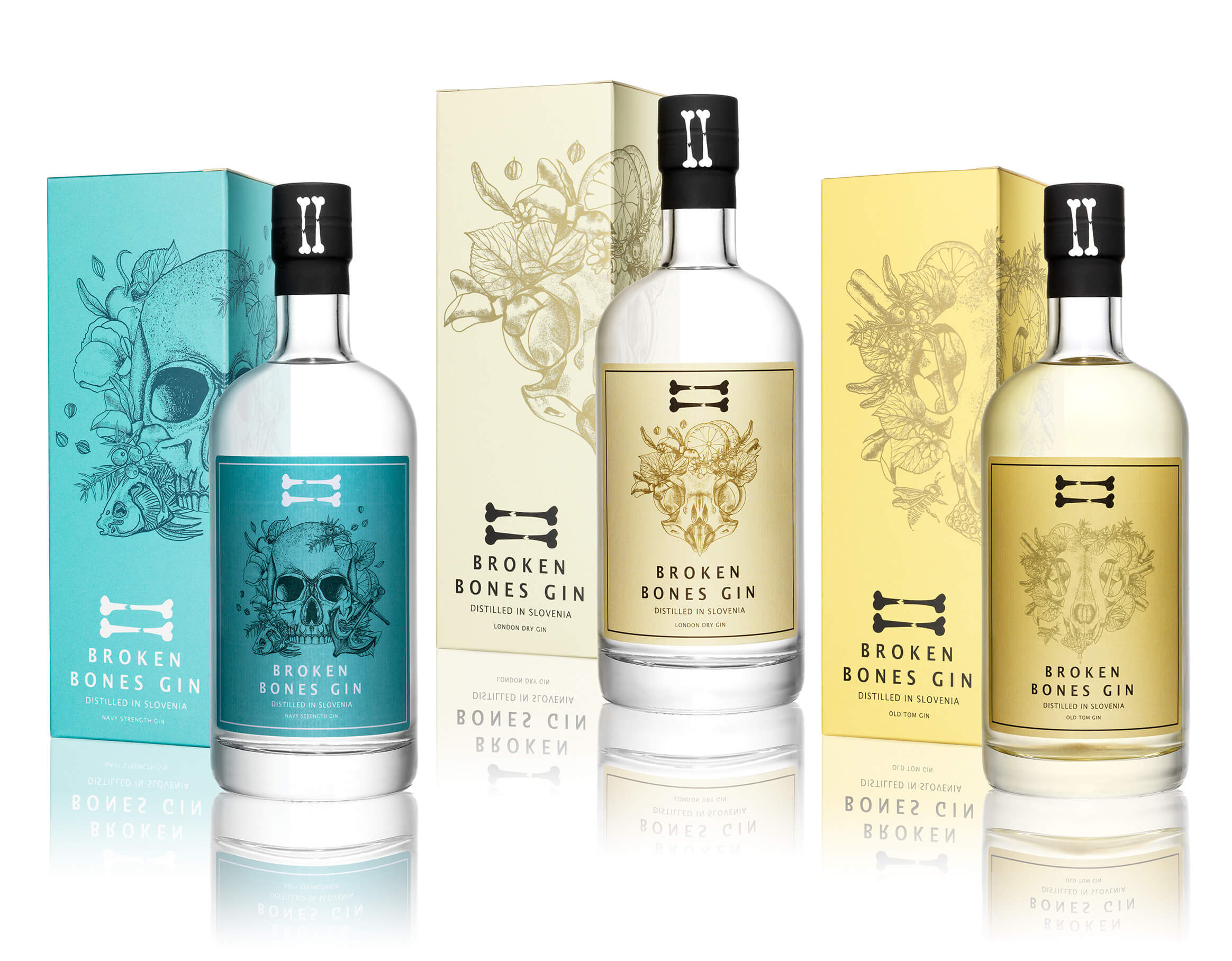
Clubbing
Compared to some European capitals it can seem that nightlife in Ljubljana ends rather early, especially along the river, but there are still bars that stay open late and clubs were you can dance until dawn, and perhaps the best place to stumble across something interesting is the legendary Metelkova. Be aware it's a grungy kind of place and not for all tastes, but also that there's considerable variety to found within the various clubs there, from death metal to electropop, gay cabaret to art noise. You can read "the rules" of the place here. And if you're curious about how the place started then read our story, and look at some pictures, about last year's 25th anniversary.
Božidar - DJ events aren't too common here, but when they happen they often have a big name.
Channel Zero – DJs shows here include regular dub nights as well as electronic music.
Gala Hala – Another Metelkova venue, you can sometimes hear bhangra and Bollywood here, but more often funk, hip hop, breakbeat and so on.
Klub Cirkus – The more commercial end of clubland, and a venue that aims to serve the student party scene. Expect house, anthems, and bangers.
Klub K4 – The home of techno, old and new, along with various other electronic genres,
Koncertna Dvorana Rog– There are irregular DJ sets at this underground (not literally) venue at the far end of Trubarjeva cesta, and they range from techno to goa to drum'n'bass.
Orto Bar– 80s and 90s throwback nights can often be found here, along with rock-based DJ sets.
Live music
Balassi Institute – Free Hungarian music, when available, from the Hungarian cultural institute just a short walk downriver from Dragon Bridge.
Cankerjev dom – The main arts venue in the country hosts classical, opera jazz, folk and occassinally pop.
Cvetličarna – Regional pop and rock concerts can be found here.
Channel Zero – This Metelkova venue sees live shows from punk and rock bands, as well as others.
Gala Hala – Another Metelkova venue with indie bands of various styles.
Kino Šiška – One of the top live venues in the city, with a varied programme that include indie, rock, pop, experimental, hip hop, and so on.
Klub Gromka – Live music is often metal, from sludge to stoner, death to thrash, while punk bands also appear, as do others.
Križanke – The venue that hosts the Ljubljana Festival often has classical music, and some rock, in the open air.
Ljubljana Castle – Jazz, funk and pop every Friday night.
Orto Bar– The home of live rock, metal, punk and other guitar-based genres.
Pinelina dnevna soba – LIve music is rare here, but it does happen.
Slovenska filharmonija– Classical music in the centre of town.
SNG Opera and Ballet - As the name suggests, here you'll find the best of opera and ballet in the country.
Španski borci - While dance is more common here, they also have some contemporary and experimental music shows.
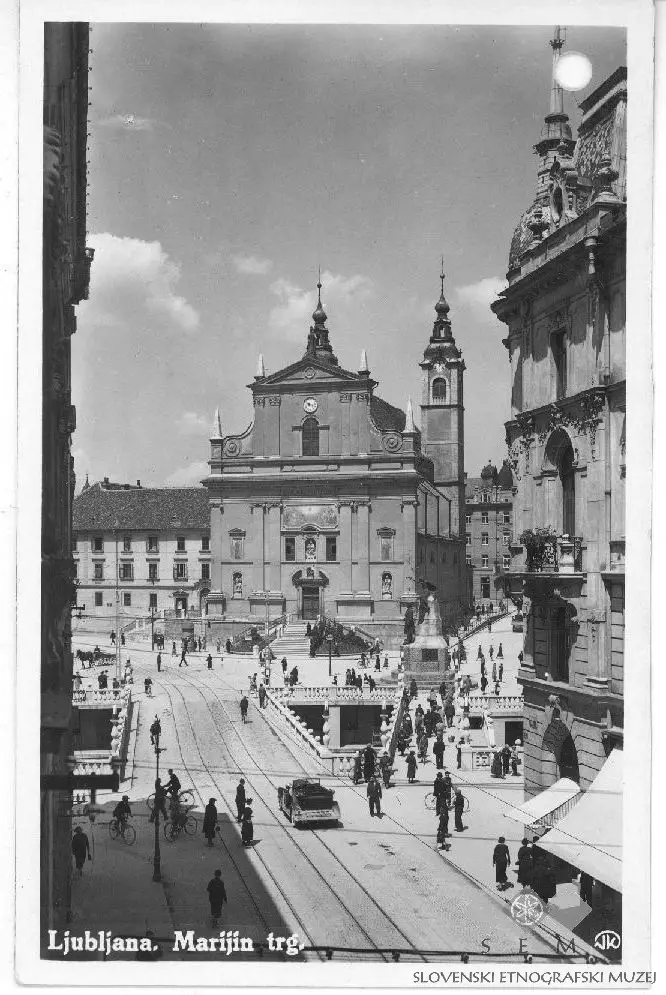
See more pictures of Old Ljubljana here
Theatre and dance
Cankerjev dom- The main arts venue in the country always has something of interest going on.
Gledališče IGLU - IGLU Theatre – Saturday night this group is usually putting on an English improv show somewhere in town, but it’s generally promoted after this is written, so check the Facebook before putting on your shoes.
Kino Šiška – One of the top live venues in the city also hosts some dance performance, often of the more experimental variety.
Mini Teater Ljubljana –The English schedule of varied performances, for adults and children, for the month is here.
Ljubljana Puppet Theatre - Puppetry has a long and noble tradition in Slovenia, and you can see performances for children and adults (including non-puppet shows) drawing from the Theatre's rich repetoire as well as new productons.
SNG Opera and Ballet - As the name suggests, here you'll find the best of opera and ballet in the country.
Španski borci - The home ofcontemporary dance(and the EnKnapGroup) in Slovenia.
Pocket Teater Studio– There are regular flamenco evenings at perhaps the smallest venue town, but note that the number of seats is very limited, and thus you should make a reservation via This email address is being protected from spambots. You need JavaScript enabled to view it. or 070 325 522.
Harm reduction and drug testing
Drogart is an organization that aims to minimise harm on the party scene, and offers drug-testing services and reports on their webpage. It’s in Slovene, but you can Google translate it or work things out yourself, and our story on the group is here.You can find the latest warnings on fake drugs and high strength pills and powders (in Slovene) here. However, be aware that all the usual drugs are illegal in Slovenia.CBD is legal, though, and our retailer of choice can be found on Trubarjeva cesta - read more about Sena Flora here.
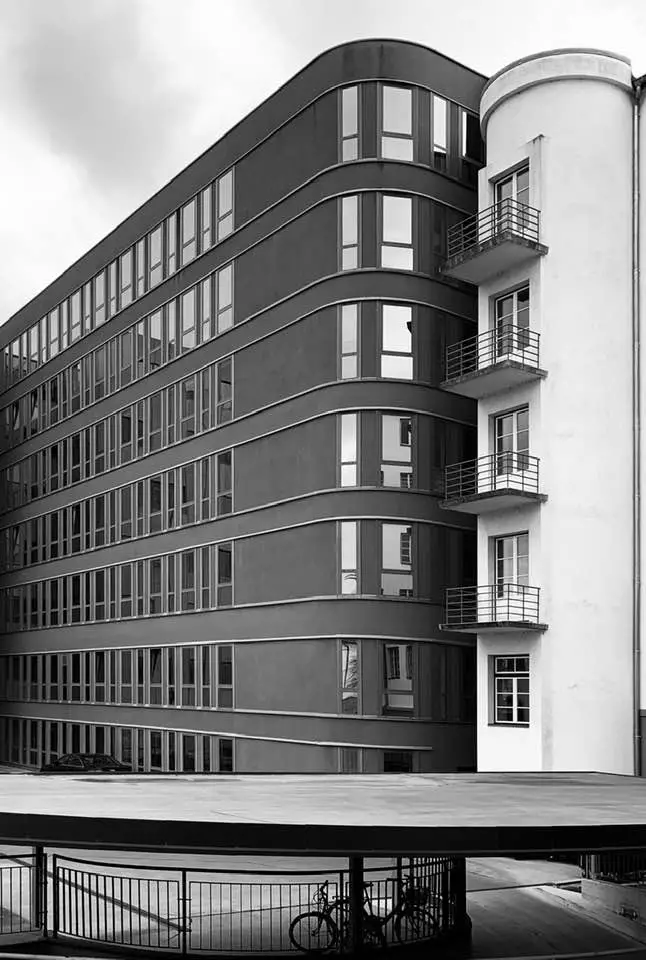
Photo: Igor Andjelič. See more of his work here
Things to do with children
You can find our Top 12 list of things to do with kids in Ljubljana here. If want to read more about the philosophy behind the wonderful House of Experiments look here, while our trip to the Museum of Illusions is documented here, and there’s always riverside walks, pizza and ice cream. With regard to the latter, take a look at our guide to six places that serve good ice cream in winter, and thus are serious about the dessert.
Mini Teater Ljubljana – The season sees a lot of puppet performances for children, in Slovene, at this theatre not far from Križanke. The English schedule for the month is here.
Ljubljana Puppet Theatre - The puppet theatre near the Central Market and next to the Castle funicular has a full programme or shows, for children and adults, with the schedule here.
Vice meets Žižek in Ljubljana. If you want to see more of the most successful writer who lives in Ljubljana, click here
LGBT+ Ljubljana
If you're looking for more general links on "gay Slovenia", including a history of the scene and various projects, then you can find that here, while our stories about the community can be found here.
Klub Monokel – This lesbian bar in Metelkova is open every Friday, although sometimes there are other events
Klub Tiffany –And the gay bar next door is also open on Fridays. Other things coulds also be planned, so click on the name to find out.
Pritličje – This seems to be the only "always open" LGBT-friendly cafe / bar / events space in town, and perhaps the country, so it's a good thing it's such a good one, open from morning to night, and with fliers and posters letting you know what's happening outside the narrow confines of, say, a general interest online what's on... guide.
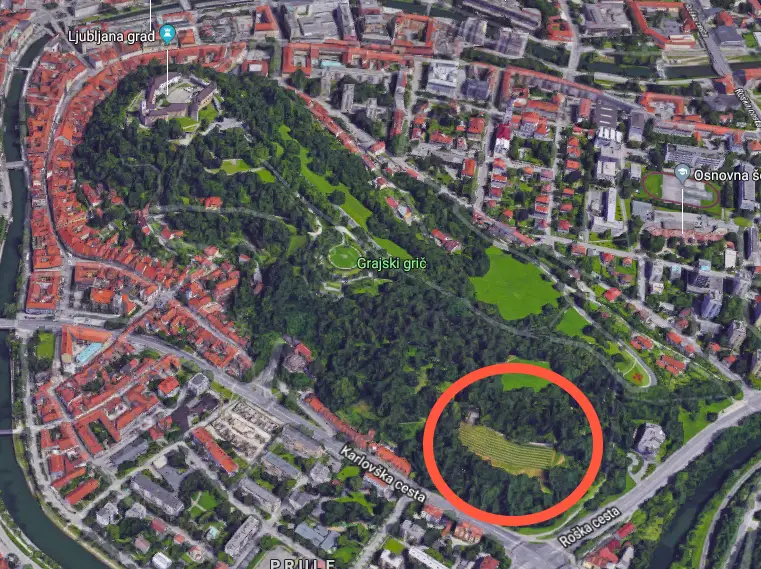
Screenshot from Google Maps, showing the location of the Castle vineyard
Ljubljana Castle
The city’s main attraction is said to be the top tourist draw in the country overall, and to my mind it earns a spot near the top just for the history and views. But beyond that the current owners, the City of Ljubljana, have laid out a varied, interesting and enjoyable programme of events, one that rewards regular revisits. On until 17 November Mighty Guardians of the Past: Castles in the Slovenian Lands, a presentation that delivers on the promise of its title.
I try and get up there every Saturday morning to clear my head and move my feet on the trails, and never tire of that end of the hill. At the other end, where the Castle sits, there’s a lot more than fresh air on offer. There are guided tours, restaurants, a café, Castle museum, puppet museum, a Watchtower you can climb to the highest point in the city, art shows, dances, live music, movies under the stars, festival days and more – enough to reward multiple trips up the hill through the year. All of these activities and events can be found on the Castle website, while on TSN you can see “25 things to know about Ljubljana Castle” here, and “Ten Ways to Enjoy Ljubljana Castle” here.
Museums and galleries
Most public galleries and museums are closed on Mondays, although not the National Museum.
Looking to buy some high end, big name local art from a trusted gallery? Check out our look at Sloart.
Cankerjev dom – On until 3 March 2020 there's an exhibition on Ancient Greek Science and Technology. Details here.
Plečnik's desk. Photo: JL Flanner
Plečnik’s House is worth a visit if you want to learn more about the architect who gave Ljubljana much of its character, and it's also in a really nice part of town, Trnovo, just a short walk or cycle upriver. Read about our guided tour here.
Balassi Institute – The Hungarian culture centre is next to a Spar and Hofer, and not far from Dragon Bridge, and always has something interesting going on. Learn more here.
City Museum – The Museum in French Revolution Square an interesting permanent exhibition on the history of Ljubljana, from prehistoric times to the present day, with many artefacts, models and so on that bring the story alive.You can read about my visit here. On until 25 September is Treasures from Russian Museums, an exhibition showcasing more than 80 Russian icons from leading Russian museums.
The Faces of Ljubljana in the City Museum. Photo: JL Flanner
International Centre of Graphic Art – The 33rd Biennial of Graphic Arts runs until 29 September. It's called Crack Up – Crack Down, and is curated by the collective Slavs and Tartars, with a focus satire and the graphic arts. Learn more here.
Jakopič Gallery – Until 29 September you can see the photographs of Lucien Hervé in a show called Geometry of Light
Kapelica Gallery, Kersnikova 4 – In the same building as Klub K4 you can enjoy Earth Without Humans: 'On The Boundaries Of Artificial Life' until August 23, described as follows: “We have started trusting high-tech more than we trust our close friends and family and an increasing number of technology manufacturers are becoming aware of this. The applications that they are developing are becoming increasingly smart and cooperative, while also becoming increasingly aesthetically neutral and humanised.”
Ljubljana Castle on until 17 November Mighty Guardians of the Past: Castles in the Slovenian Lands, a presentation that delivers on the promise of its title. There's also the Parallel Worlds of Alan Hranitelj runs on until September 8, showing the work of the acclaimed costume designer. Until 15 September you can see Jelka Reichman’s illustrations from the picture book Twelve Elephants, written by Leopold Suhodolčan (free admission).
MAO – The Museum of Architecture and Design has much of what you'd expect, along with some temporary shows and a good cafe. On until 19 September is a show called Creators, on contemporary Slovenian fashion and textile design, which is being promoted with the following image.
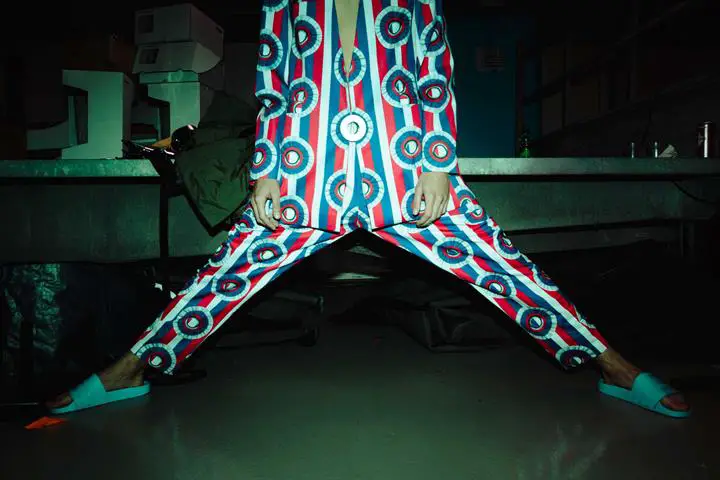
Photo: Urša Premik
Moderna galerija – The main branch of this gallery, to be found near the entrance to Tivoli Park, has a good collection of modern art, as well a nice café in the basement. Opening Thursday, April 25th, 20:00, The Visual Arts in the Kingdom of Yugoslavia, 1929–1941, which then runs until September 15th 2019. This offers “an overview of painting, sculpture, printmaking, drawing, photography, and film from the time the king's dictatorship was set up (6 January 1929) to the beginning of World War II on Yugoslav soil (April 1941)” - you can read more about it here. The museum's Metelkova branch also has a big new show, runing until at least September 2019, an the art of the Non-Aligned Movement, with an example shown below. Until September 15 you can also enjoy Maja Hodošček, a video artist you “explores social relations through the politics of exchange and collaboration; in particular, she is interested in speculative models of representation in relation to the documentary.”
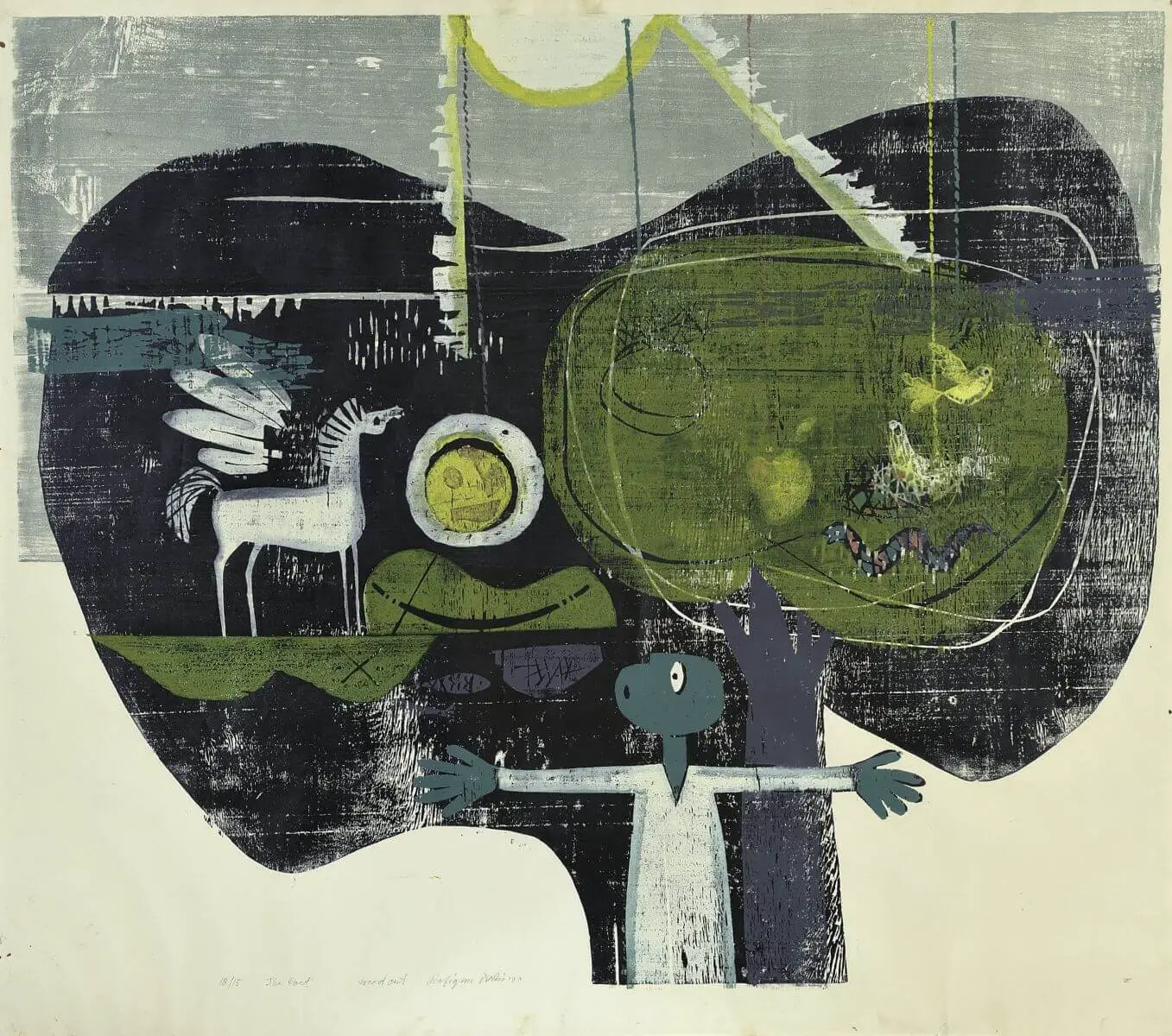
Rafikun Nabi: Poet, 1980, print, 96.5 x 110 cm. Courtesy of the Contemporary Art Center of Montenegro. On display at the Metelova branch of the Moderna galerija
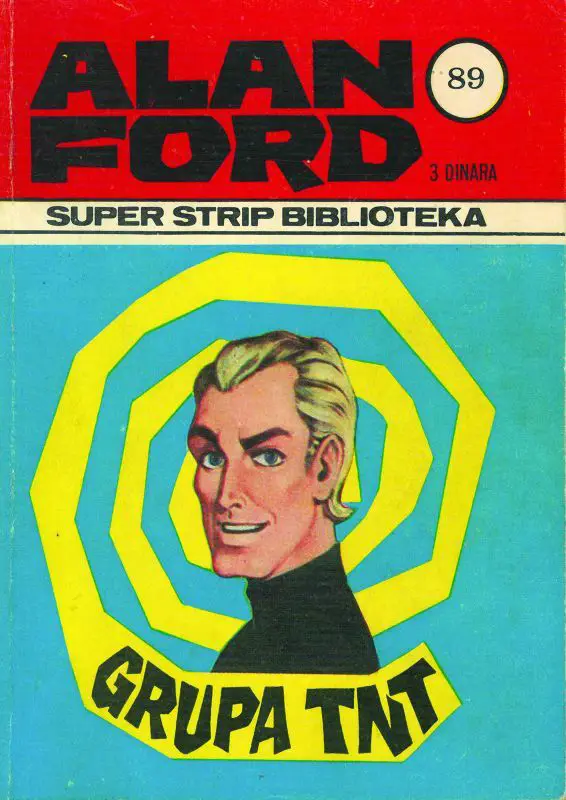
Alan Ford at the National Gallery
National Gallery – The country’s main gallery has “the best” of what’s on offer from the Middle Ages to non-contemporary modern visual arts, and is in a great location for exploring other areas, just by Tivoli Park and opposite the main branch of the Moderna galerija. You can read about our visit to the room containing sacred art from the Middle Ages here. The Space Within the Space: Scenography in Slovenia before 1991 will provide a comprehensive historic, stylistic, visual and theatrical overview of Slovenian scenography until 8 September. There’s also a big show on Alan Ford, one of the great comic books of the Yugoslav era, on until 13 October.
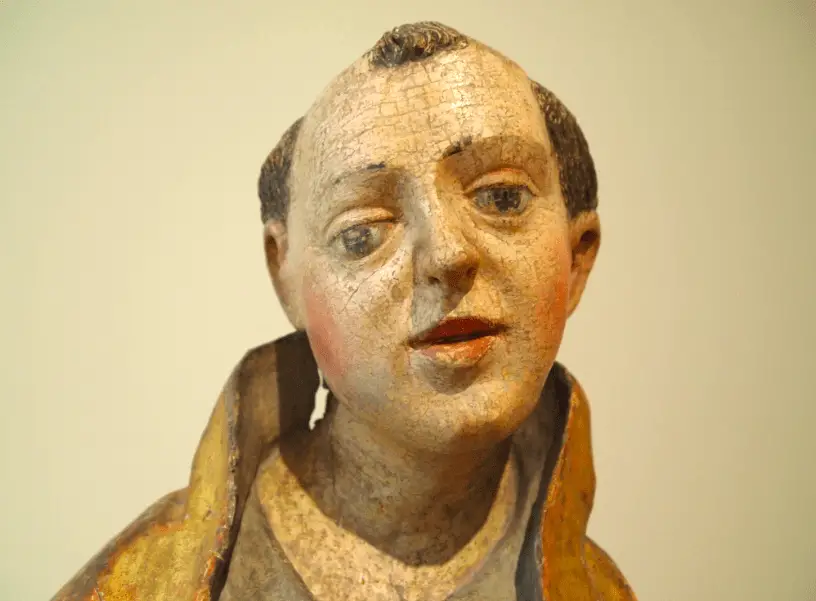
JL Flanner
The real Robba Fountain can be found in the entrance to the National Gallery - the one you see in the Old Town is a genuine fake, as seen below and reported here.
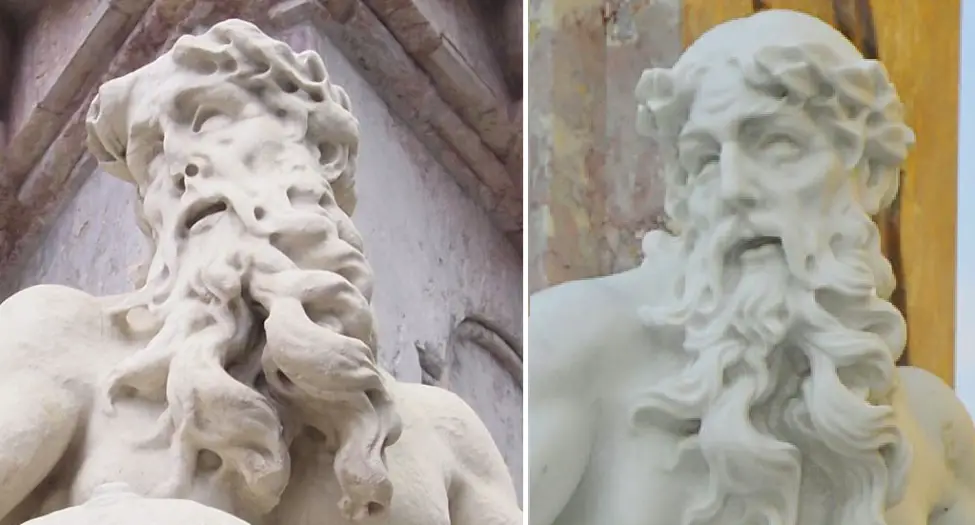
Photo: JL Flanner
National Museum of Slovenia – There’s plenty to see in the permanent collection here, from Roman times, Egypt and more. Running until 3 November is Roma Aeterna: Masterpieces of Classical Sculpture. With sculptures from the collection of the Santarelli family in Rome, ranging from the age of the Roman Empire to that of neoclassicism. Meanwhile, the museum's Metelkova branch, located between one branch of the Moderna galerija and the Ethnographic Museum has some rooms on Church art, furniture and weapons, with the latter including more guns than you'll see anywhere else in town, and quite a thrill if coming from a nation where such objects are not household items.
Natural History Museum – On until the end of December 2019 is Our Little Big Sea, which takes a look at the oceans.
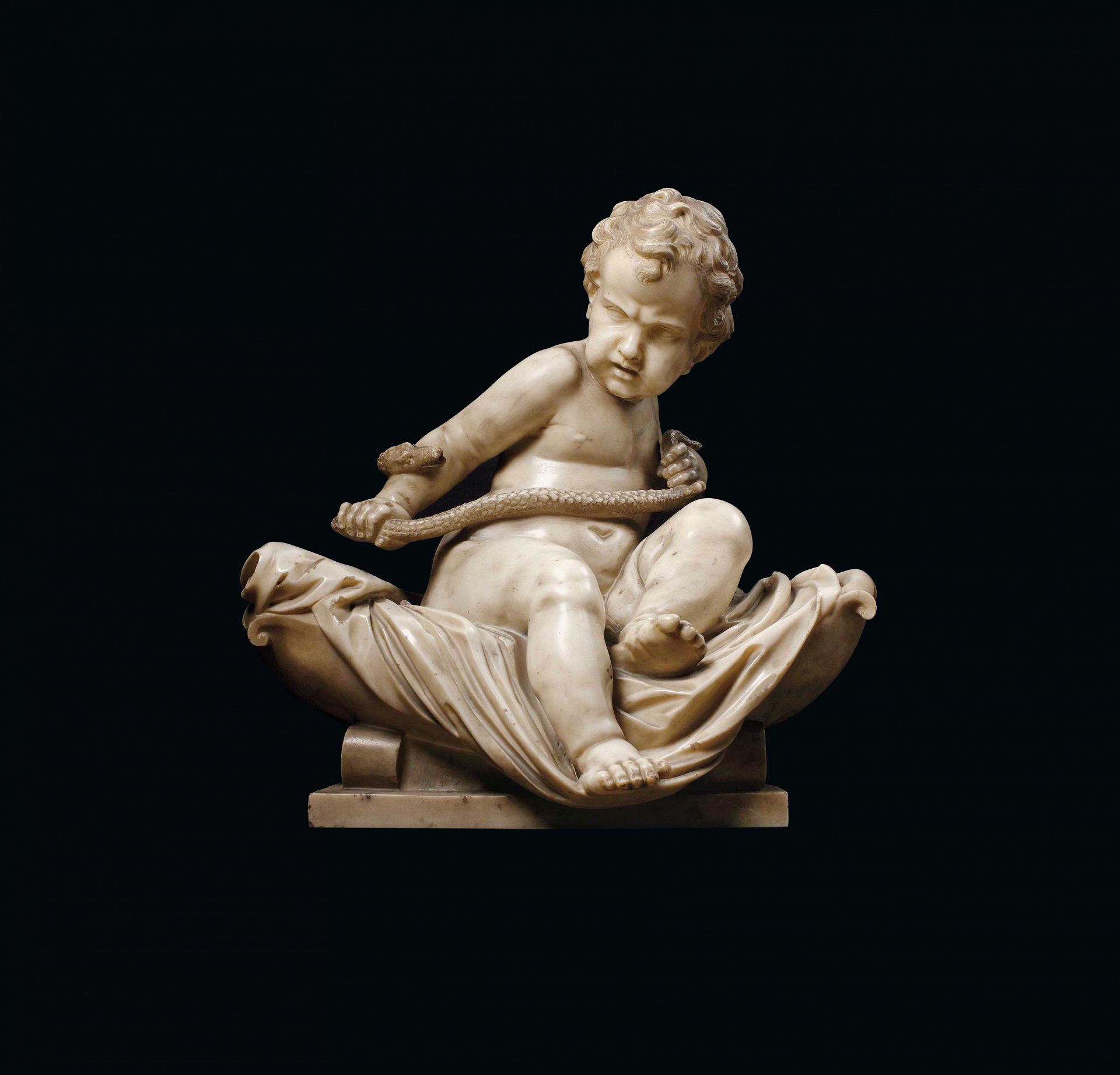
Roma Aeterna: Masterpieces of Classical Sculpture - see below
National Museum of Contemporary History - Tucked away in park Tivoli, in addition to his permanent collection will be showingIn Search Of Freedom: 1968-2018 until 16 August. Until 29 September there also a retrospective on the photographer Edi Šelhaus, which is being promoted with the following image. On until 18 August is Walls, described as follows: “Thirty years after the fall of the Berlin Wall, it is clear that the processes of democratisation and integration of Europe, announced in the historical year of 1989, have failed to achieve their goals. Although many real and symbolic walls have been demolished, new ones have been raised instead, and some still deeply disturbed our society.”
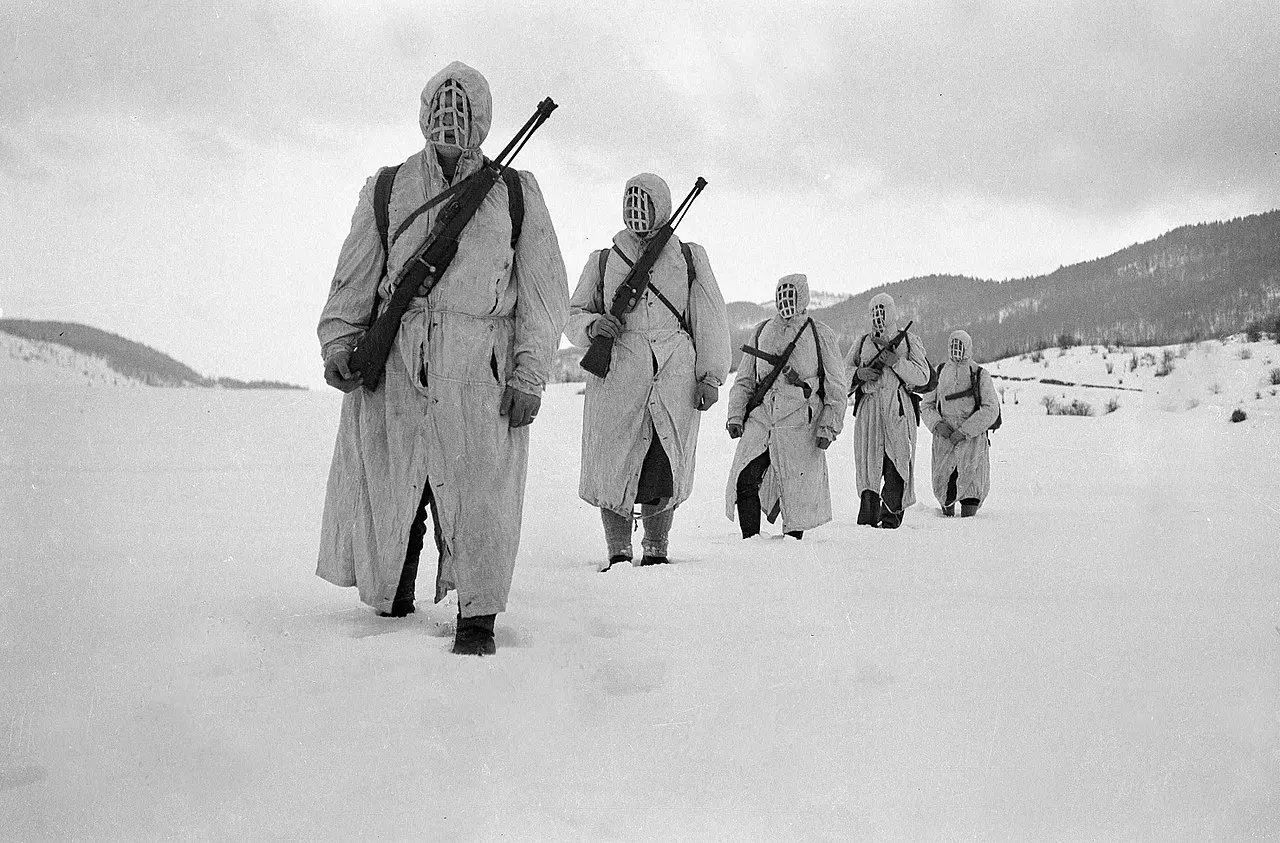
Photo: Edi Šelhaus
Slovene Ethnographic Museum – The museum has two permanent exhibitions. One of these is called Between Nature and Culture, and has a great collection of objects from Slovenia and around the world, well worth the trip up to the third floor to see it (as recounted here). From April 18 until October 19 (2019) you can also see a show calledShamanism of the Peoples of Siberia, from the Russian Museum of Ethnography, Saint Petersburg. The place is located near the newer branch of the Moderna galerija and Metelkova. You can read about this fascinating show here. On until September 15 is Petra Šink: The circle between design and nature, in which the award-winning designer takes visitors through the life cycle of useful products for the home which are made from natural biodegradable fungal materials.
Town Hall – On until 22 August there’s a show from Miha Štrukelj with paintings of cities in Taiwan and China, called Alter Ego of Cities.
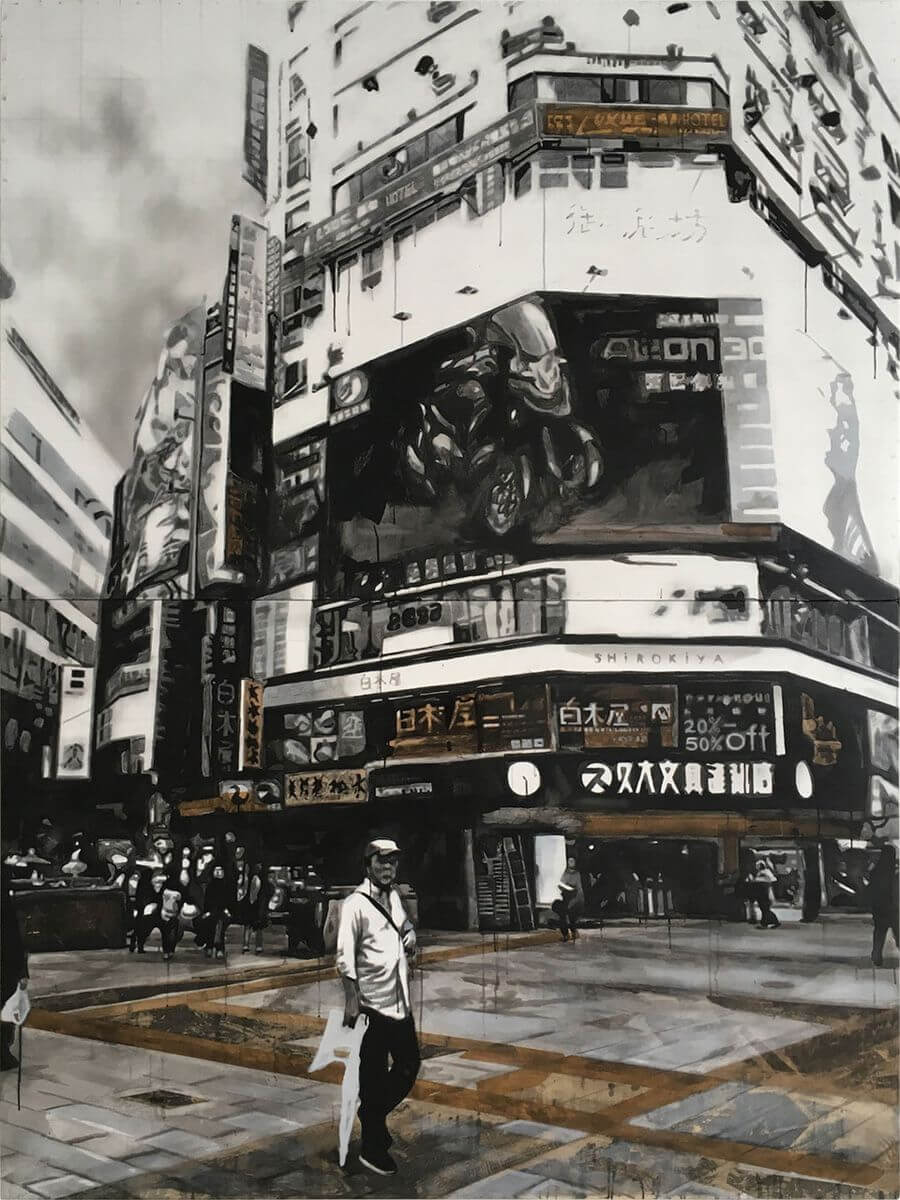
Miha Štrukelj, Shopping District, 2016, acrylic, ink, charcoal, pencil, crêpe paper on canvas, 300 x 225 cm
Union is "the Ljubljana beer", but now both it and Laško are owned by Heineken. There are many local brews on offer around town, though, if you want to explore IPAs, stouts, wheatbeers, sours and so on Photo: JL Flanner
Union Experience – The Ljubljana-based brewer has a museum showing the history of the company, with the ticket also including access to part of the factory and a few samples of the product. You can read about our visit here.
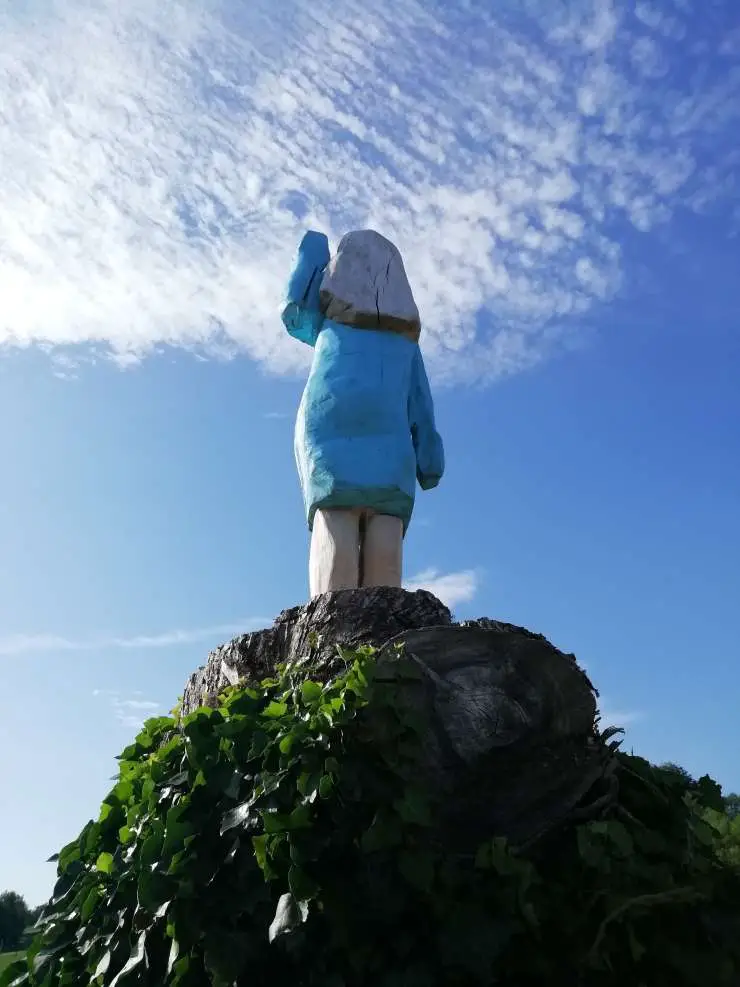
Vžigalica Gallery – If you’re curious about the man who commissioned that Melania Trump sculpture, then you can see more of activities here, in a show called Brad Downey: This Echo.
Volčji Potok Arboretum - Running until 3 November you can see a large collection of cacti here.
It's not a formal museum, but if you're interested in "Yugo-stalgia" then you'll enjoy a trip to Verba, a small, privately run space that's crammed with objects and pop culture items from the era, and is conveniently located at the start of one of the short walks to the castle. It's also a great place to take pictures, if you leave a donation, and you can read more about it here.
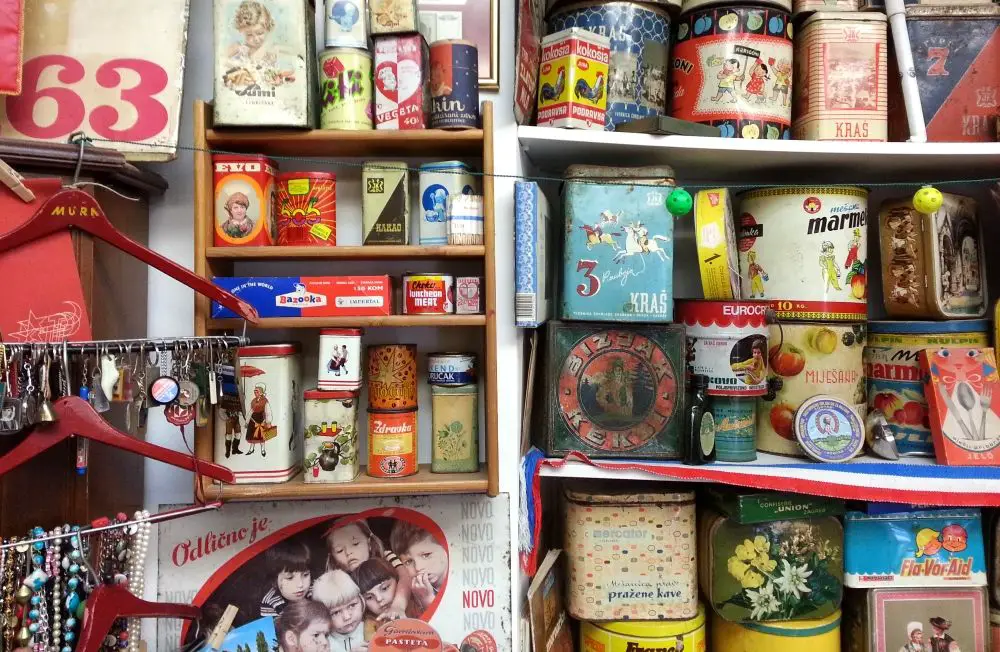
Verba. Photo: JL Flanner
Alternative Ljubljana isn't a museum or gallery, as such, but instead turns the city streets into a museum and gallery. Learn more about their tours of street art, history and LGBT Ljubljana here.
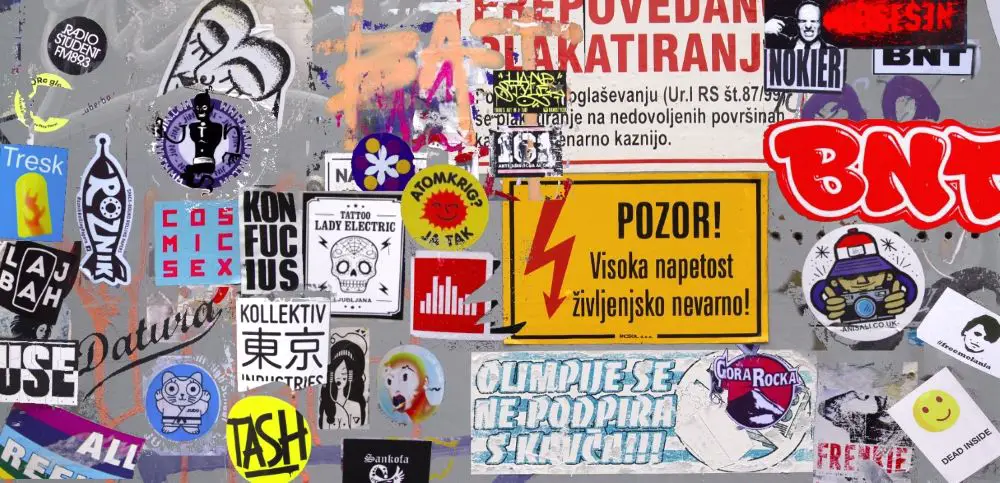
Photo: JL Flanner
Other things to do in Ljubljana
Learn more about Ljubljana with "25 things to know about Slovenia's green city of dragons", or take a look at our guide to spending from four to 48 hours here.
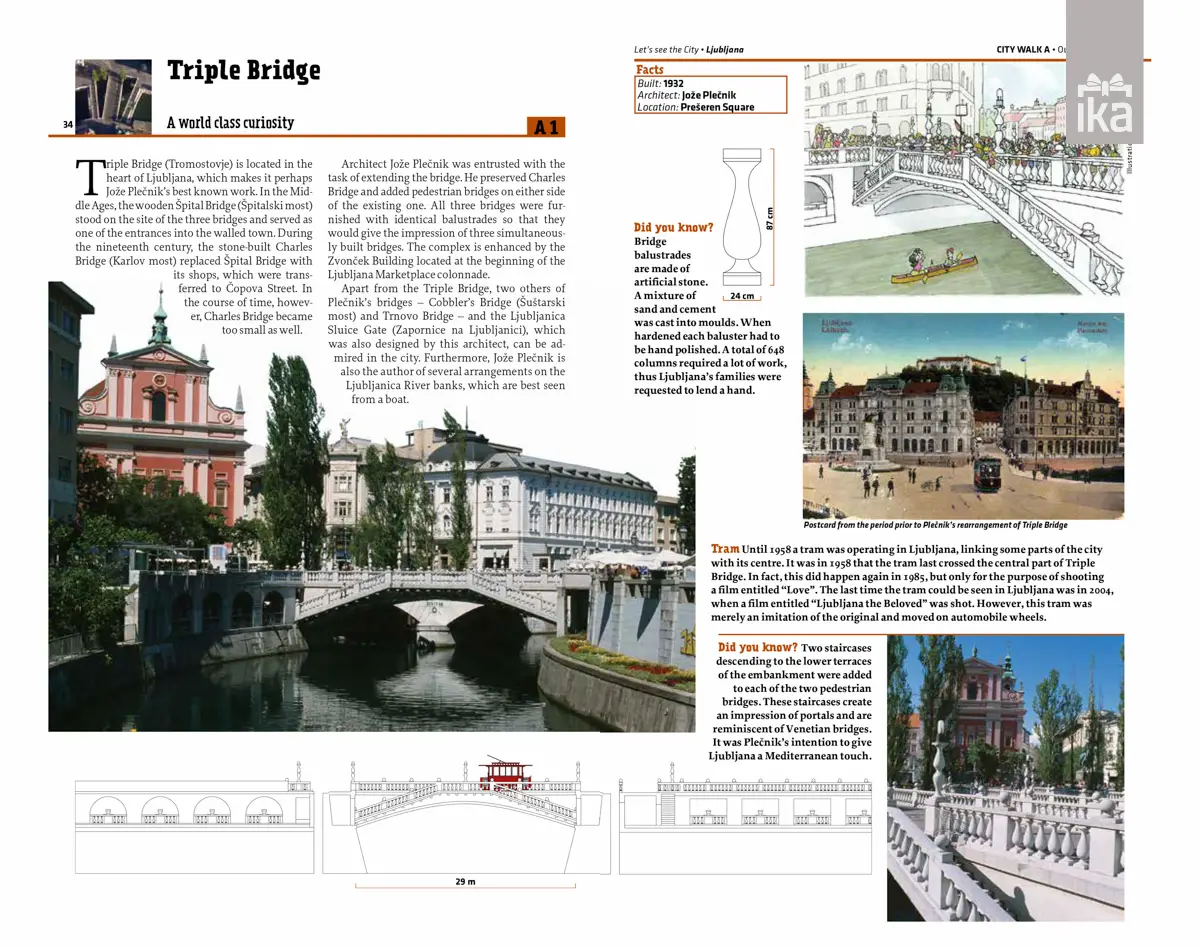
If you like the city's architecture then check out this great book, Let’s See the City - Ljubljana: Architectural Walks & Tours, with our review here and a page from the book shown above. We took a walk with one of the authors who showed us how much there is to learn and enjoy if you slow down and pay attention - read about that here.
Open Kitchen brings market stalls selling food and drink from some of the best restaurants in town every Friday, from 11am to 11pm, in the square between the cathedral and the river - just follow your nose and the crowds. Read more about it here.
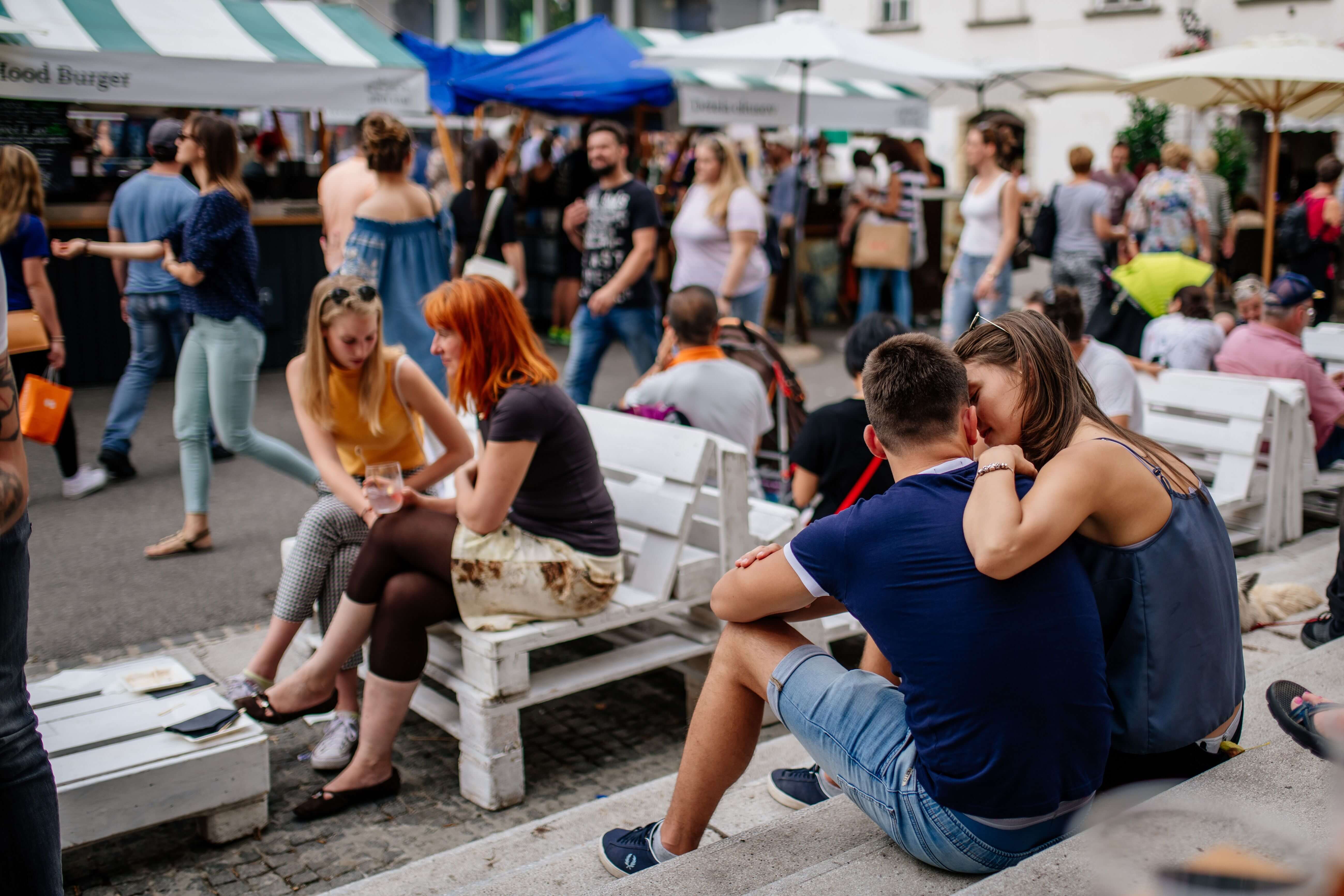
Photo: Open Kitchen
Ljubljana has some beautiful buildings from the early 20th century, in the Secessionist style, like the one below. Learn where to find them here.
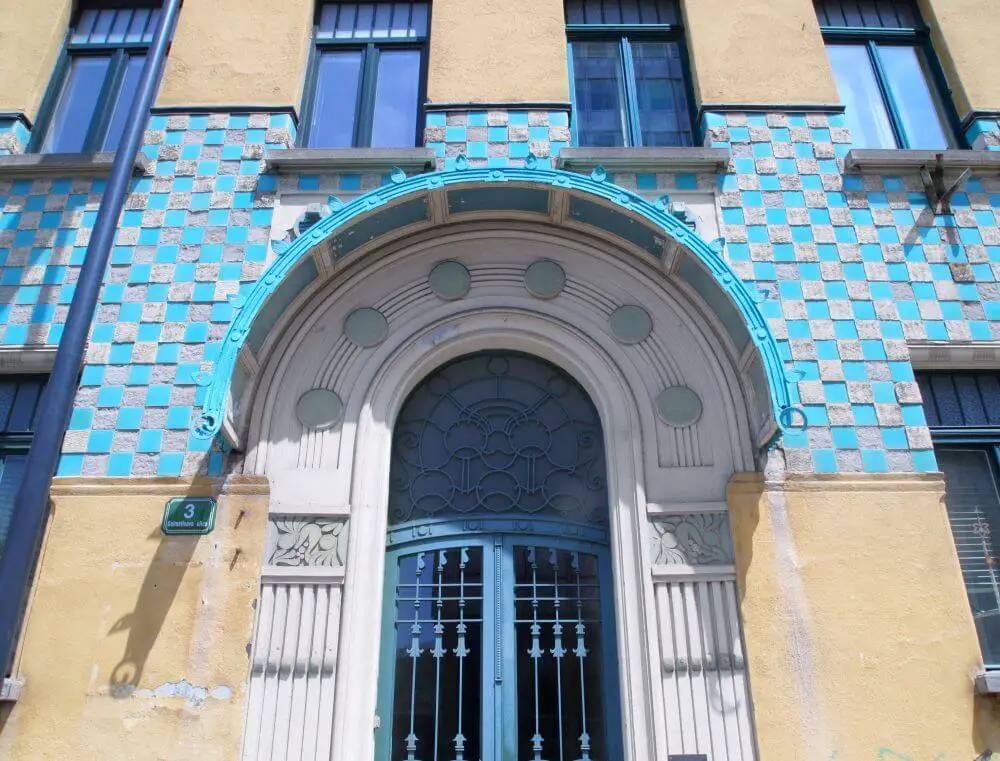
Photo: Neža Loštrek
For something a little more brual, check out Republika trg / Republic Square, in the heart of the political quarter.
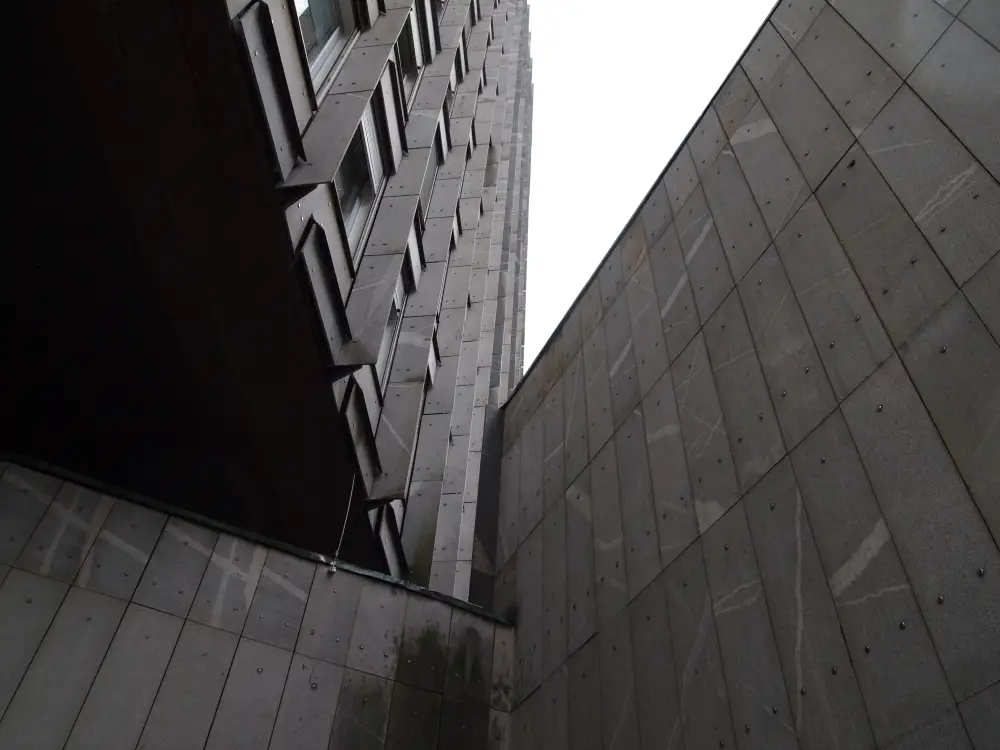
Photo: JL Flanner
Photo: JL Flanner
Some view of the city you can only get from the river. If you'd like to take a boat ride then read about my experience here. If you prefer to get in the water rather than on it, then here's a guide to the various open air pools in Ljubljana. Note that it was written last year and so the prices and times may have changed, so do click the links and check.
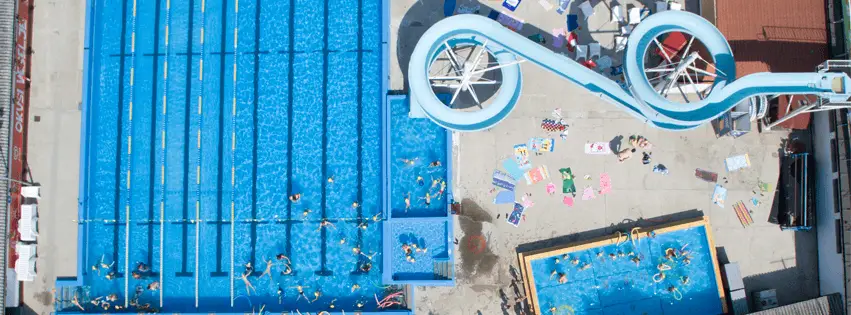
If you'd like to spend an evening painting with others, then take a look at Design with Wine, which organises painting parties on Trubarjeva cesta,
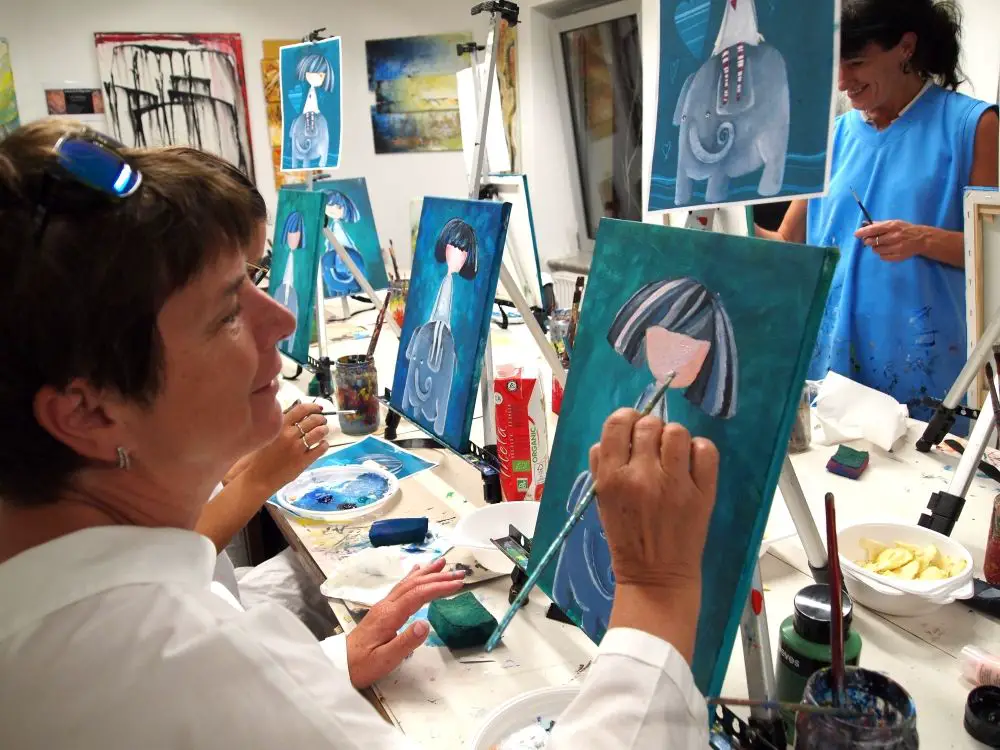
If you want to see some antiques, then check out the wonderful Antika Carniola, as discussed here. The man behind it, Jaka Prijatelj, has a fine eye for life on this street, as you can see on his Facebook account.
Photo: JL Flanner
If you’re in town and want to go jogging or walking in nature, why not take another look at the Castle, with a brief guide to the trails here. If you want something bigger, head to Tivoli Park.
And if you're bored with the Old Town, why not take a walk, cycle or boat ride to nearby Špica and enjoy the riverside life. Learn more about that here.
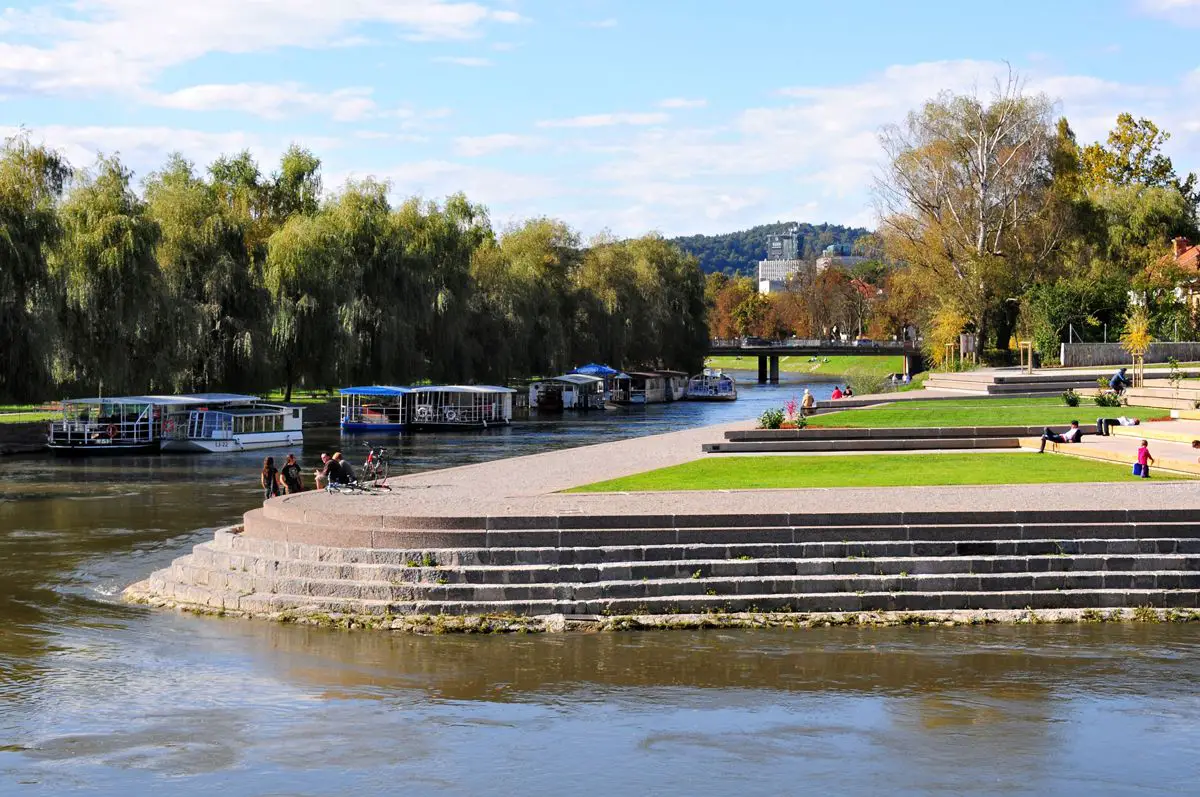
visitljubjana.si
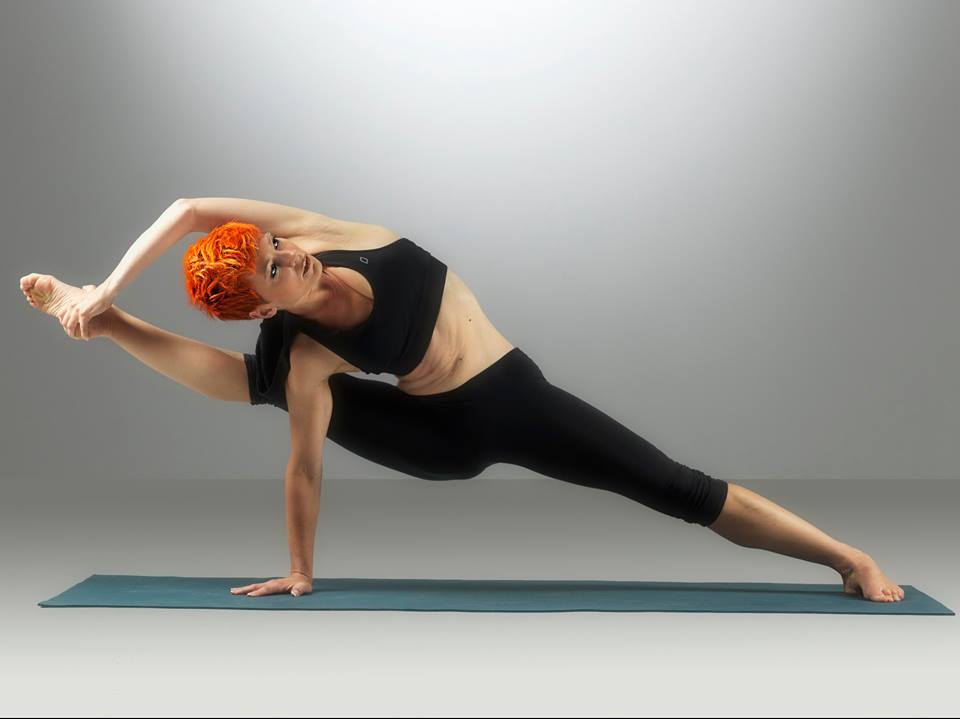
Want to stretch and breath? Then check out our list of drop-in yoga classes for tourists, visitors and the uncommitted. We go to Nataraja Studio, by Dragon Bridge, and here's a story about it.
Prefer to have someone else stretch you? The check out the totally legit massages you can get from Sense Wellness - either in one of their spas or in you home, office or hotel. (And - to repeat - these are legit and non-sexual in nature)
There are some golf courses near Ljubljana, but even ones further away are not far, as seen in our list of all the golf courses in Slovenia.
![]()
Photo: maxpixel.net, public domain
Daytrips
Most of Slovenia is only a few hours from Ljubljana, and you can easily visit Lake Bled, Lipica Stud Farm, Postojna Cave, Predjama Castle, the coast and other locations, while if you'd like to take a photo of from that bench in Bled, then you can learn how to get there here. If you’re looking for something more ambitious, then check out our recent guide to the 17 members of the Association of Historical Towns of Slovenia. We've also written guides on spending from four to 48 hours in Bled and Piran.
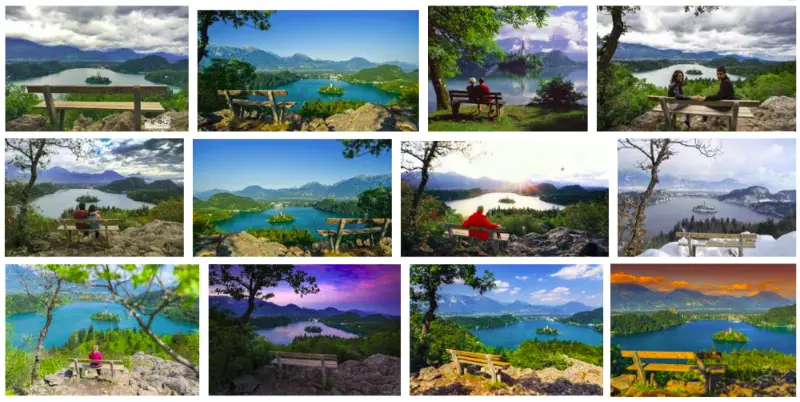
Photo: Google Image Search
Getting around
If you want to get a Ljubljana Tourist Card, which gives you travel on the city buses and entry to a lot of attractions, then you can read more about that here, and if you want to use the bike share system, as useful for visitors as it is for residents, then you can learn more by clicking this. Visitors with reduced mobility will be pleased to find that downtown Ljubljana is generally rated as good with regard to accessibility, and that there’s a free, city-sponsored app called Ljubljana by Wheelchair highlighting cafés, attractions and so on with ramps, disabled bathrooms and Eurokey facilities, which you can read about and download here. Manual wheelchair users can also borrow, for free, an attachment that will motorise their equipment, as reported here.
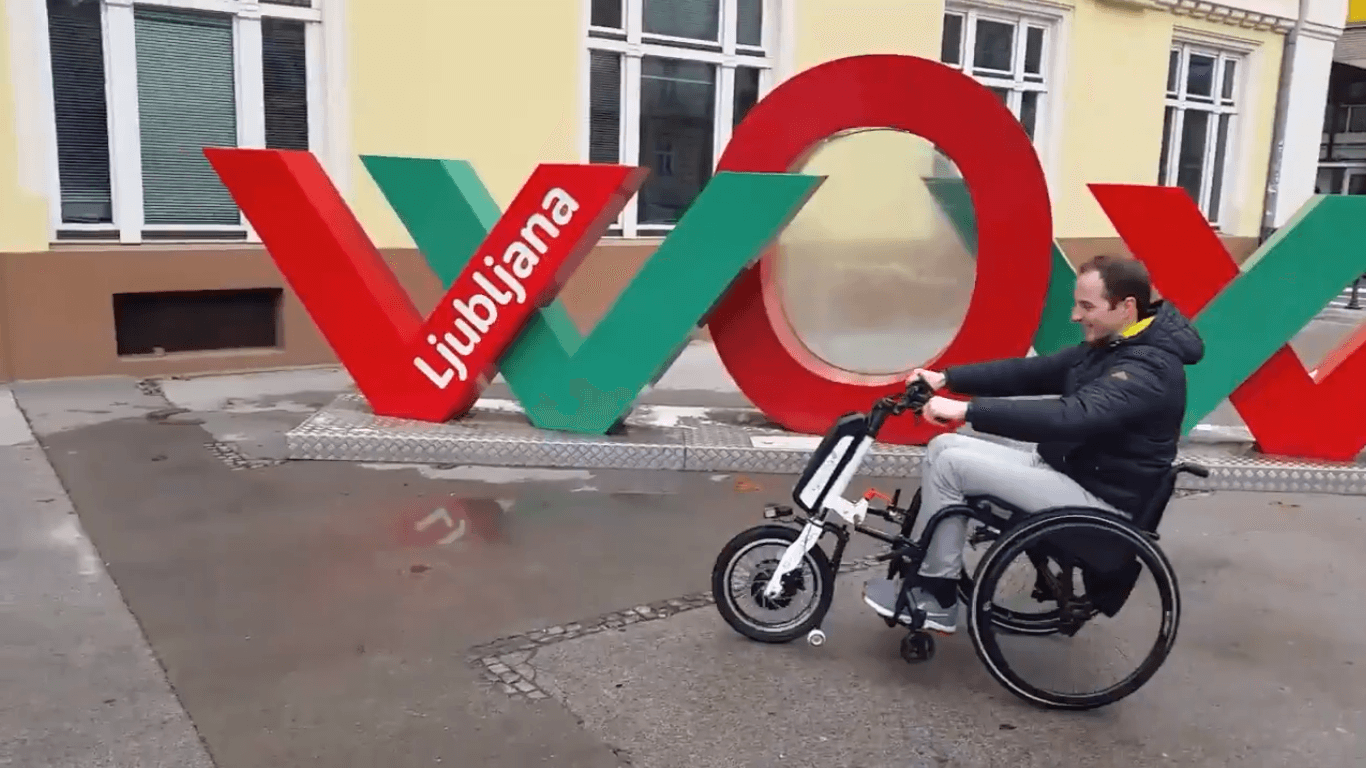
Screenshot from a Twitter video
If you’re driving into town and don’t know where to park, our guide to how to park in Ljubljana is here.
Emergencies
Ljubljana is a small and relatively safe city, but if need to contact the police then there’s a special number for foreigners, and that’s 113.
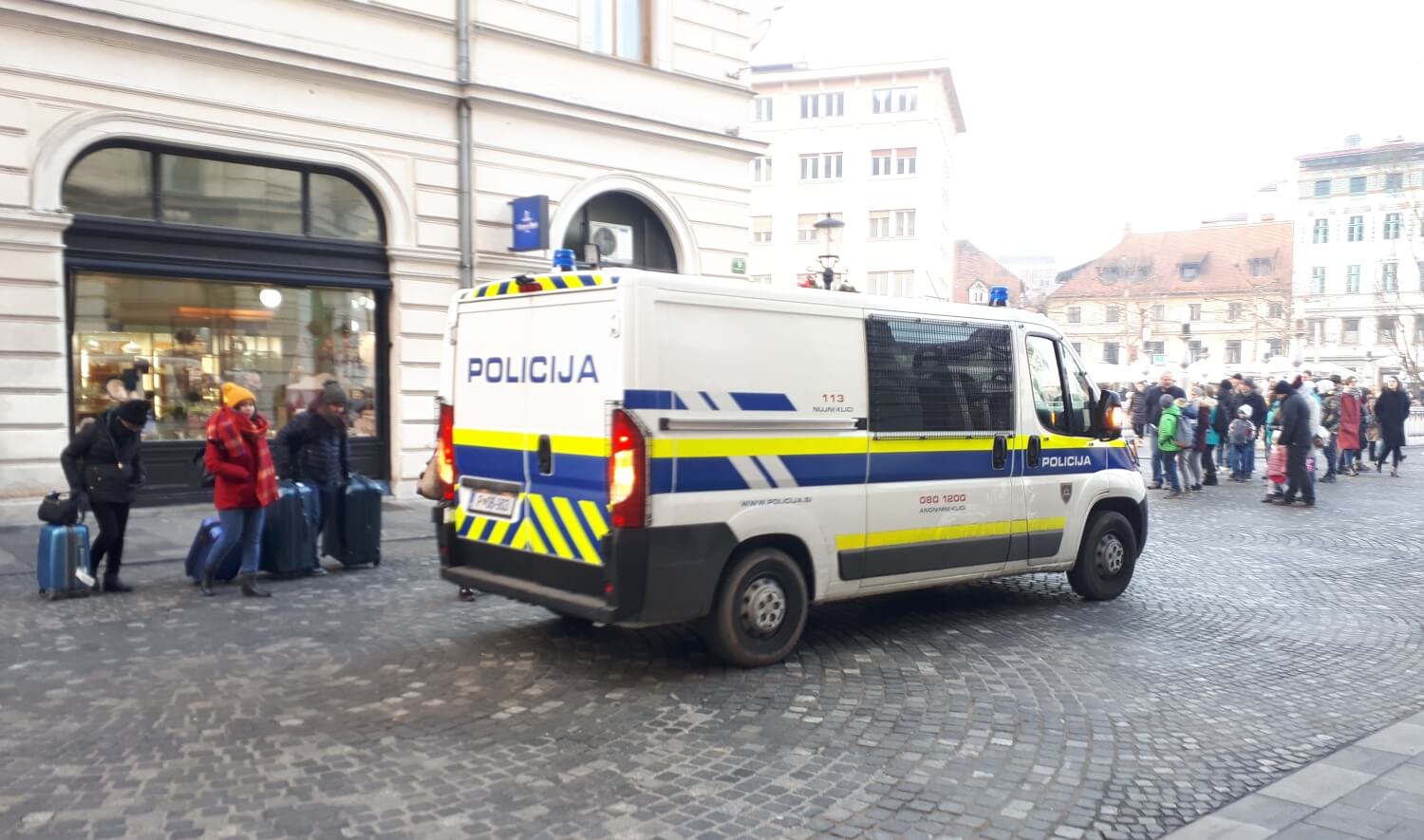
Photo: JL Flanner
There aren't many places to eat after midnight, and most of them are by the train station, as reported here.
Want / need cigarettes but the stores have closed? Here's an incomplete list of bars downtown that will satisfy your craving for the demon weed. While if you’re having trouble with the ATMs then here’s a guide to the Slovene you’ll see on screen. If you get a hangover then find out where to get paracetamol (and prescription drugs) in Ljubljana here, while details on emergency birth control can be found here.
Keep up with the daily news in Slovenia by checking the morning headlines here
This schedule of upcoming events was prepared by the STA:
MONDAY, 5 August
LJUBLJANA - The Employment Service will release registered unemployment data for July.
TOLMIN - The start of Punk Rock Holiday, the biggest punk music festival in Slovenia; until 9 August.
TUESDAY, 6 August
No major events are scheduled.
WEDNESDAY, 7 August
MARIBOR - Slovenian football champions Maribor will take on Norwegian side Rosenborg in the third round of qualifying for the Champions League.
THURSDAY, 8 August
LJUBLJANA - The summer iteration of the Animateka festival of animated film; until 11 August.
FRIDAY, 9 August
LJUBLJANA - The Statistics Office will release foreign trade data for June.
PORTOROŽ - The ATP Challenger Slovenia Open tournament will start with the qualifying; until 18 August.
SATURDAY, 10 August
RADOVLJICA - The start of the Radovljica Festival of old music.
SUNDAY, 11 August
No major events are scheduled.
STA, 2 August 2019 - Environment Minister Simon Zajc called for coexistence between people and wolves as he visited on Friday the Cerkljansko region, where wolf attacks on livestock have become increasingly frequent. He pointed to measures that protect humans and their property from wolves.
Two attacks occurred at the same time last Sunday, which means that two packs of wolves are currently in the region.
Hunting officials have been given the green light to cull one wolf and the minister hopes that this reduction will deter any other wolves from visiting villages and attacking.
"Our task is to enable coexistence. Coexistence means that people do not live in fear, that there are possibilities for development and that we have sufficient wolf population," the minister said.
A number of measures are necessary to meet these targets, including subsidised school transport, fencing and culling, he added.
The minister noted that there had been a spike in wolf attacks on farm animals. The increase is, according to him, a result of not carrying out Administrative Court orders on culling in the past.
Wolf is a territorial animal, which moves on when the space gets scarce. The presence of wolves in the region has been proven and the population has been expanding, he said.
The authorities have expanded their monitoring area and the Environment Ministry is working on solutions in cooperation with the Agriculture Ministry.
The minister expressed confidence that experts would set an appropriate figure for culling.
During today's visit, the minister met local mayors and civil initiative representatives as well as farmers who have been affected by the attacks.
The founder of an initiative for the removal of dangerous wild animals, Ivan Mavri, said after the meeting that the organisation demanded measures that would restore a sense of security in the region, but conceded that this would not happen overnight.
According to Mavri, the locals want this area to be completely wolf-free.
Marko Gasser, one of the people who have suffered most damage during the attacks, said that a number of locals had submitted a request to the ministry to define the areas where wolves would be allowed to hunt, excluding the Gorenjska and north Primorska regions.
According to Zajc, there are currently between 88 and 100 wolves in Slovenia.
Under the law on extraordinary culling of bears and wolves, which entered into force at the end of June, a total of 62 bears have been culled so far, and no wolves, according to the national Forest Service.
The law permits the culling of 175 bears and 11 wolves, which is more than 10% of the population of both animals in Slovenia, with the service estimating the bear population at around 1,000 and the wolf population at 100.
The most of the damage is being done by wolves, which this year attacked more than 500 domestic animals, more than double compared to the same period last year.
The Forest Service dealt with a total of 406 cases of damage done by wolves this year, with the total amount being estimated at EUR 312,000.
STA, 30 July 2019 - Slovenia's population stood at 2,084,301 on 1 April, which is 3,400 more than at the start of January, showed the Statistics Office data on Tuesday. The increase however comes on account of a larger number of foreign citizens, with the number of Slovenian citizens in fact decreasing.
The number of Slovenian citizens dropped by 1,600 in the first quarter of 2019, while the number of foreign citizens grew by 5,000 to 143,192 and represented 6.9% of Slovenia's population.
The share of women among Slovenian citizens, which at the start of April stood at some 51%, has been on a slow decline for quite some time.
Related: Foreign Nationals in Slovenia, by Country, Region & Continent
Some 34% of foreign citizens living in Slovenia are women. The share decreased by 1.4 percentage points on January last year after being on the rise for many years.
Slovenia also recorded a markedly positive net migration rate in the first quarter of 2019 - a record number of more than 4,800, while the natural increase was negative (changing from -2.1 per 1,000 population to -2.8 in a year).
Compared to the same period of 2018, the number of immigrants to Slovenia increased by 47% to 7,943 in the first quarter of 2019.
Positive net migration was recorded for foreign nationals (5,273 persons), while 429 Slovene citizens more emigrated from Slovenia than immigrated to it.
More detailed data can be found here, while all our stories on statistics and Slovenia are here
STA, 30 July 2019 - A plastic-free grocery shop, Rifuzl opened in the heart of Ljubljana's Šiška borough six months ago allowing customers to shop sustainably for local products and contribute to keeping the planet cleaner.
Rifuzl gets about 50 to 70 customers a day, and about the same number of curious passers-by, who come to check out the store first and return to shop later, say the founders, Primož Cigler and Manca Behrič.
"Most of our customers are young families, young mothers who only want the best for their children and want to contribute to keeping the nature intact for future generations," Cigler told the STA.
Their clients come to Rifuzl to shop from other parts of Slovenia. To save those customers a drive to Ljubljana they also plan on launching a delivery service.
"We are certainly not regretting to have taken this path. It's hard and there were moments that made us lose motivation. But happy returning customers make everything worthwhile," said Cigler.
Besides the more remote customers, the plastic-free shop has a number of local customers, who like the location and the products it offers.
"Šiška is quite densely populated and the area around Kino Šiška is fairly busy with enough parking space," said Cigler about the location's advantages.
"Most clients that have learned to shop without plastic packaging return very often. Some say they don't go to regular stores any more, because they can buy everything they need in our shop," he added.
Rifuzl sells more than 500 products, most of them food, such as rice, legumes, oatmeal, flours and pasta, along with preserves, eggs, sweets, dairy products, drinks and honey, and supplies for zero-waste life, such as glass jars, cotton bags and wooden cutlery, as well as cleaning and cosmetic products.
They get most products from local suppliers, which are the easiest to convince to supply plastic-free products. The ever-changing list of products is promptly updated and posted on their website, www.rifuzl.si, which also includes the company's presentation and manifesto, and the store can be found at Celovška cesta 111, 1000 Ljubljana.
Related: Meet the People - Neja Maruša Medved, Vegan and Zero Waste Blogger


